A month ago, we had the opportunity to speak with Life is Strange 2 Co-Game Director Michel Koch at PAX West and discussed an extensive amount about the journey, characterization, as well as its commentary on the often unexplored themes of gaming and society.
It’s been about a year since Life is Strange 2 started.
Yeah, it has been. Just before that, we released Captain Spirit.
Do you view Captain Spirit as part of the series then?
I think it’s part of the series, yeah.
What have you learned over the last year? How have players reacted to Life is Strange 2 compared to the first?
Good question. We learned that making an episodic with different environments in each episode is…hard. [laughs] For sure. I mean, it’s a more complicated game to create than the first season, so it’s taxing. It’s exciting though, it’s really exciting because we’re adding new environments and new characters in each episode, but on the other hand, it’s also complicated to produce and create because of the weight of the workload of each episode.
Was there anything new that you learned from the sequel compared to the first game?
I mean, we’re always learning with each episode. It’s the same thing that happened with the first season, where each time an episode is released, we see the reaction of the press and of the community, and you think that would create some polemic with the players that sometimes don’t. On the other hand, some element that you’re pretty sure would work doesn’t work, and it’s always interesting to see how players react to content.
Not to spoil it, but at one point in Episode 4, there is one character that I thought would maybe be problematic with some players, then it turns out that it wasn’t.
One character introduced in Episode 4, players really liked. You can never really know how the players will react. I think that you need to just go with your gut and try to make the games or stories that you think are worth making and see what happens. I mean, that’s really exciting. We’re almost releasing Episode 5, so we’re almost at the end, and I can’t wait for the players to have the whole story. We will be done with the story we had in mind then, and we’ll see how the players react. That’s something that’s also complicated with episodic games, that it’s still a big story that has a beginning and an ending, and until you are at the end of Episode 5, I think it is complicated to judge the story based on part of it. Even with episodic, we need to think of each episode as a small entity that needs to work by itself, instead of making sense in a larger story. So I can’t wait to see the reception of Episode 5.
How have you managed the release schedule this time? Previously, there were production delays, so how do you account for all the moving pieces that are going into it?
Episodic is really complicated. Each episode is like a small, full game. Episodes in Season 2 are longer than they were in Season 1, when in Season 1 the standard playthrough was about two hours per episode, while in Season 2, it’s more like 3-4 hours per episode. Episode 4 is a bit shorter at 3 hours, while Episode 2 was longer, at around 4 hours. So it’s longer episodes with new content in each episode, so it’s been quite a lot of work for everybody. I think that the team is doing a really great job of producing all that. On the other hand, it did end up having us have a bit of a longer wait between each episode, which I think is not perfect for the players, for sure, but it’s needed for us to just create the game. If we didn’t wait that long, the episodes would be way shorter, with less content and less story-telling. I don’t recommend game developers to do episodic games, because it’s really tiring, and after Episode 5, we’re just going to take some vacation [laughs].
I didn’t even notice, because it seems like with each episode of Life is Strange 2, the world is even bigger than before. The forest in Episode 1 was huge.
The forest was a big challenge. I think for this Life is Strange, the scenery and landscape are really important. This is, at its core, in movie structure, a road trip, so the environment is critical to this feeling that you’ve been uprooted from your life in the city, and you’re just being by yourself in nature. So we had this need for some moments like the forest in Episode 1, and in other episodes, there are a lot of environments, like rivers, deserts, then in Episode 4, there’s a huge forest. And we’re changing the seasons, so Episode 3 takes place during Winter, so you have snow and weather changes. We really wanted to showcase a bit of that.
When we were doing our research for the game, we did a lot of traveling through the United States, and it’s a country that’s so huge with such a difference of scenery from state to state, that we really wanted to showcase that in the game and show that our two characters are alone in this big environment. I think it was our key art idea to have these two small figures in front of the big trees, and it was important for us to make that right. We don’t have the budget to do the huge open world AAA game, but we still wanted the forest and the scenery to look so that you can feel the scale of it.
Life is Strange 2 is more of a road-trip through America in that aspect. Did you take a road-trip yourself when creating these different locales in the game?
Yeah, actually even when we did research for the first Life is Strange, we did travel through the Pacific Northwest and took a lot of pictures for references to create Arcadia Bay and the scenery, but it really when we started making the first game that we started to get this idea that showing more of the scenery by telling this road-trip structure in another game could work well, so just one month after finishing the first Life is Strange, we did make a video road-trip of the West Coast to try to see more, to see new states and everything and just to try to get the feeling of where we could have the game take place, what kind of states or scenery could lend to this idea of a story that we were starting to work on.
We’ve been traveling a lot, and not just for the scenery, but also to meet a lot of people around the world. During these road-trips, we did try to talk to people who would be traveling. We did talk to a lot of hitchhikers just to know what it’s like to be by yourself, alone with your backpack, and having no place to call home. And it was really interesting, it pushed us to decide that it was an interesting story to tell, just to decide to put those two boys on the road with no more family, no more place to call home, and to have them meet other people that live outside of society as just another way of life. Maybe sometimes by choice, sometimes because they’re forced to, and that’s the kind of characters you’ll meet in all five episodes, like people who drift for one reason or another and don’t have the life that we’re used to, and this allowed us to talk about some social issues and to talk about this kind of person that are sometimes not talked about at all in video games.
Like even a character like Brody, who just lives in his car and is traveling the United States and doing some journalism but just living also as some kind of hobo. I think that this is the kind of character that in real life, a lot of people wouldn’t talk to or wouldn’t have the chance to see his point of view and just discuss with him, and we thought that it was interesting to just give a voice to those kinds of people that you don’t really see most of the time in video games or other media.
One of my comments here is that Brody says something like “Everything is political”. So from your perspective, as someone who’s outside looking into the state of America now, how does that tension shape the narrative of Life is Strange 2?
It’s not what comes first when we are thinking about the story. When we were thinking about the story of the first Life is Strange, we knew that we wanted to talk about a coming-of-age story of a young girl who was introverted and shy, and what issues going on in her life, when she just wanted to stay in the past and really was always thinking too much about her choices and having a hard time to grow-up. And that’s the main story of the first Life is Strange, and that you’re going to have to accept your choices, and you’ll have to just decide when you make the final choice in the first Life is Strange, at the point where you decide ‘okay, I won’t go back again, I’ll choose either to save Chloe and sacrifice the town, or save the town and sacrifice Chloe, but I have to live with this choice afterward, and that’s where Max becomes a grown-up, because she accepts something.
And in the frame of the story of the first Life is Strange, we thought that it was interesting to talk about the real struggle of a teenager in modern America. The violence in the school system, social things like teen pregnancies or bullying or depression that we talk about in the first game. We think about the big story and the main game, then we see what kind of similar themes we can put in the game. And it’s the same thing we did for Life is Strange 2, we started with this idea of adding those two brothers into a story about family, and about how you educate someone. So it’s the story of those two brothers, and the older one has to become the father figure for the young one, which is a story about education, about when you’ve lost everything, and you’re just with your young brother. Everything you do when you talk to someone, you’re learning from it, so this is the idea of how someone is shaped later in life based on what he’s learning from his family values and everything around him.
But then when we have this story, we thought “what would be interesting to put in”, so we knew that it would be strong and have strong scenes to have them be from a Mexican-American family, and being forced to face the struggle that those people are facing in the real world. Not only in the United States, I mean we have issues with racism in France and other countries, so it was a strong theme that we thought was really important to talk about, and the same idea with the other characters that you’re meeting. It’s a story about outcasts, about people that are not well-received by society. A guy like Brody, or people that don’t look like the norm, are just marginalized. It’s really a story about all those kinds of characters that are facing the harshness of today’s world. And when Brody said that everything is political, I think that’s true in the sense that, when you’re creating something, it is political, even if you decide to not talk about anything, which is in a way, a political choice to not talk about anything.
I mean, if we had our story with Sean and Daniel not facing any racism, it would also be political to decide to not show the racism. When you’re creating, the way you’re telling something or not telling something or deciding to hide something is political.
Reactive storytelling is a key piece of Life is Strange 2. Can you explain how you develop Daniel’s choices as directly consequential to Sean’s actions?
You played the first episode, and you see some small parts of it, and it’s going on over the course of the episode, and you will see a lot of the consequences of everything you’ve done in Episode 5. But the idea is that we have some really clear and direct consequences like in the first Life is Strange, so you make some choices, something happens in reaction right after. And that is shown in all the small elements you do that we have some hidden meter, where we are counting the number of times you stole something or the number of times you decided to use some dialogue options that require items, so we’re counting a lot of those, because the idea is to make something seamless. But when Daniel is with you, we are taking into account these moments where you did something and most of the time, there’s a different reaction from Daniel, with different voice lines for something that is nicer to Sean and something that is mean to Sean.
In Episode 2, there are a number of moments where you can ask him something. Some players will ask it, while other players will refuse based on whether they find they are positive of what they told him, like “do what I say, not what I do”, and this kind of stuff. It will become more and more important in the next episodes. So we start in the first episode with smaller variations with Daniel, that doesn’t affect the story too much, while in later episodes, it will be more impactful.
Was there a point in developing Season 2 that you’re personally proud of?
I think I’m overall just proud of Season 2 because it can showcase those characters that I think we took a big risk with because they’re maybe less marketable. I mean, like I said, it’s about outcasts, and Sean and Daniel are minorities, and it’s not the first you think that can be successful or be what you should do if you want to get a big audience to play your game. So really that we did create this story and that Square Enix saw that it was good to have this story, I think I’m really proud of that.
And inside the game, I think I’m really proud of how in Episode 3, based on your choices, we did portray sexuality. I think that sexuality is typically taboo in media in general and in society, where I think that for me, it’s something that is natural in life because if there was no sexuality, there would be no human beings. Episode 3 is an episode where Sean is meeting other teenagers, so he can be a teenager again since he is in a community. So it was really important for us at this moment to show that where he is meeting those characters, we wanted to have the opportunity to explore sexuality and there are a few scenes where we tried to portray in a natural way. Like, when it’s your first time like it’s Sean’s first time, we wanted to show this scene as it is. Not like in every movie where you can see a sex scene where everything goes fine and everybody’s happy and everything is perfect. Most of the time, the first time is not perfect. They are what it is. I’m really proud of those scenes.
Who’s the artist behind Sean’s sketches?
Everything that Sean is drawing is done by our concept artist, which is called Alysianne Bui, and she already did most of the drawing in Max’s journal in the first Life is Strange, she’s really great. She’s also drawing the recaps in Life is Strange 2. She’s doing a really great job.
Telltale Games led the narrative game genre, collapsed as a studio, and now they’re back again. How do you and DONTNOD position yourself in this space? What do you think the studio (DONTNOD) will bring towards progressing this whole genre?
We have multiple teams, so there is my team doing Life is Strange, Captain Spirit and Life is Strange 2, then there’s a team that worked on the game Vampyr, which is more of an action-RPG game, even if it’s story-driven. And there is another team working Twin Mirror. So we have several teams.
So I think the idea is to not just do story-telling games like Life is Strange. In my personal view, there is a game that I’ve been working on that I really want to continue to work on these story-driven games, and I think that there is a lot of space to improve interactive story-telling. I mean, we already did some improvements in Life is Strange 2 with what we are calling the dynamic dialogue, where you can talk by walking, but it’s pretty simple, so I think there is a lot of narrative design that we can do to make the player feel more agency. Maybe by giving in more to activity with more input on the dialogue. Right now we are doing is what everybody is doing, where you choose out of three or four or five lines of dialogue that continue after your input. I think that sometimes we could try to let the player have more input, even if it’s more complicated to do. There is definitely tons of stuff that we could try to improve on or just do research on, and it’s exciting.
I’m a bit of a slower reader, so I find myself wanting to pause the dynamic dialogue or rewind like in the first game.
The rewind worked really well for this kind of game. I think that since it was linked to the story, we didn’t want to do the rewind again because we saw that we would have talked about the same kind of story. But as a pure mechanic, it’s really cool for this kind of moment where you can try another choice quite quickly. So I don’t know. We tried to still keep a timer that’s long enough, but I see your point that it’s always stressful.
So the final episode is on the way for Life is Strange 2. Do you have any closing comments you’d like to share with the players who have gone through the journey with Sean and Daniel?
I want to thank the players for being with us on this journey, and I really hope that they enjoy Episode 5. I hope that the immersion that they will get will please them, even if they can replay the game to try different paths. But yeah, I really hope they enjoy the end of the journey and that they will continue to love and even miss Sean and Daniel after the game is finished. I think that is the sign of a good TV show or game or movie when you finish and you have the impression that you lost some friends or some family members because it’s done. I hope that we do that with Sean and Daniel.
Life is Strange 2: Episode 5 releases December 3, 2019, for PlayStation 4, Xbox One, and PC.

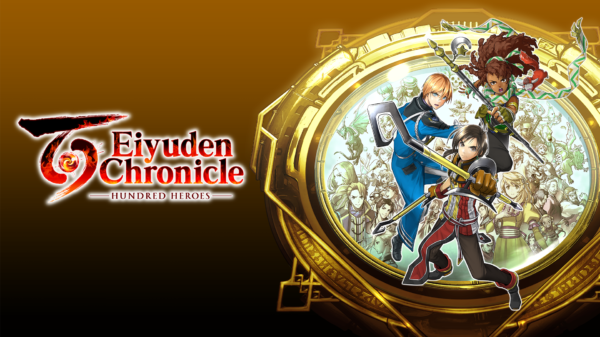
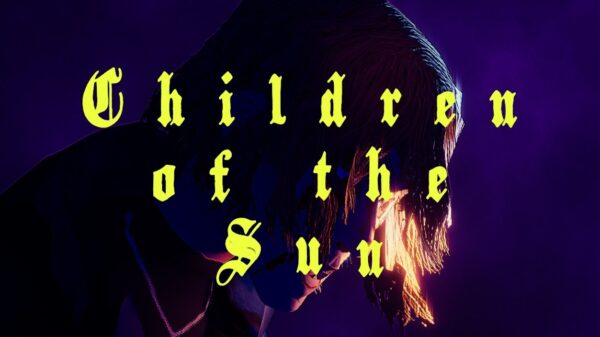
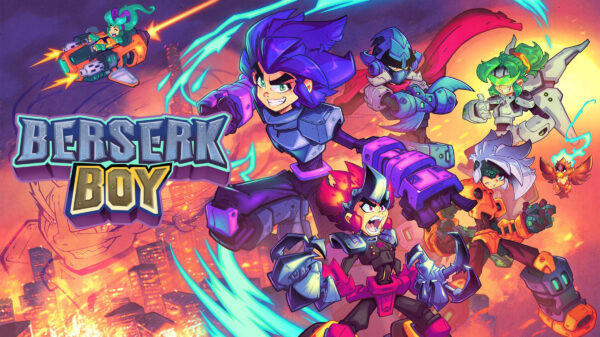

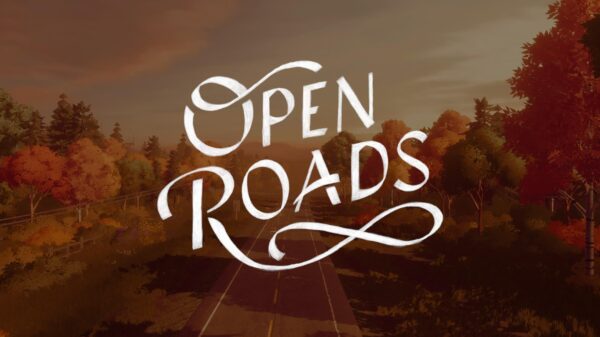
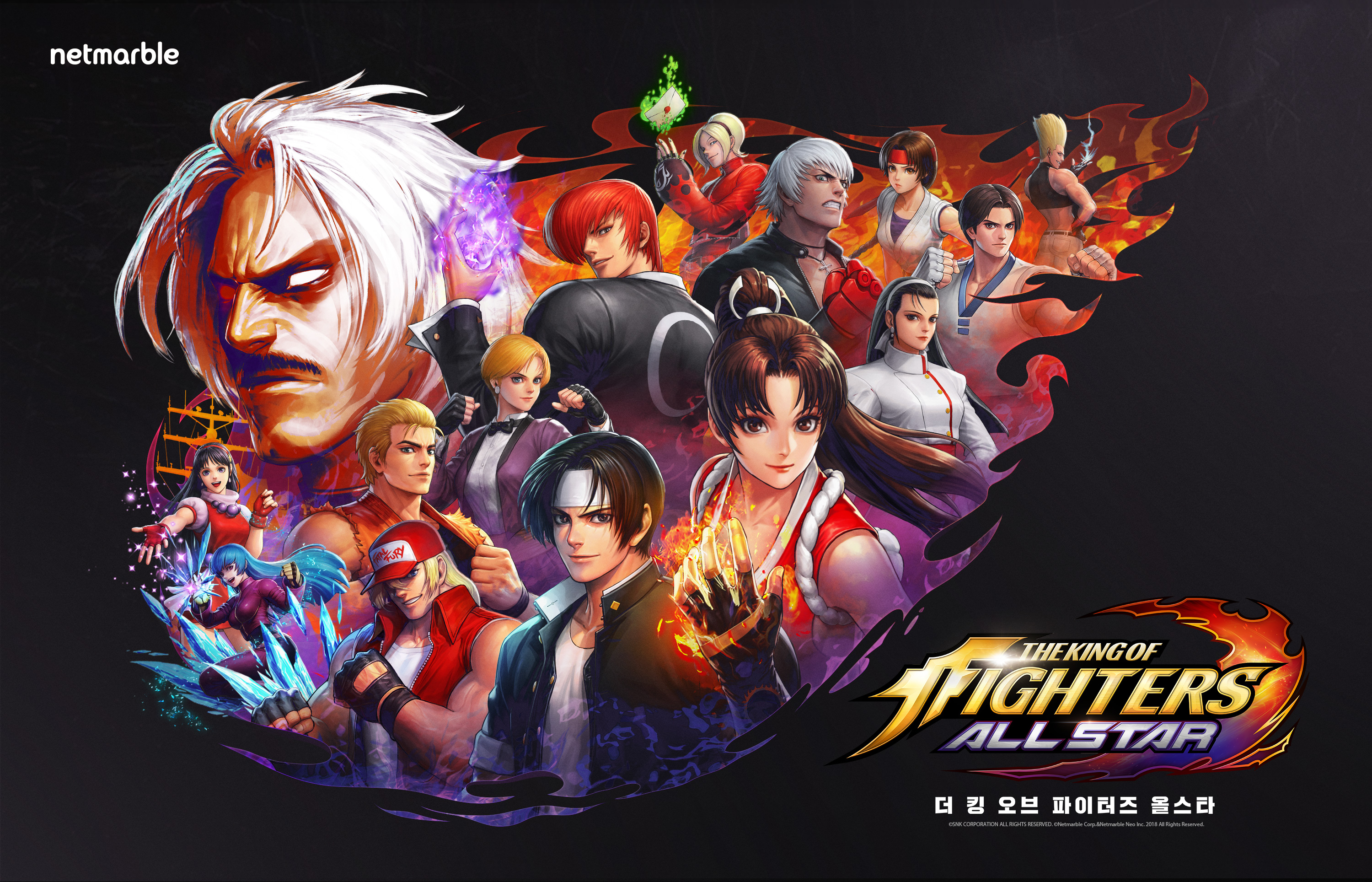
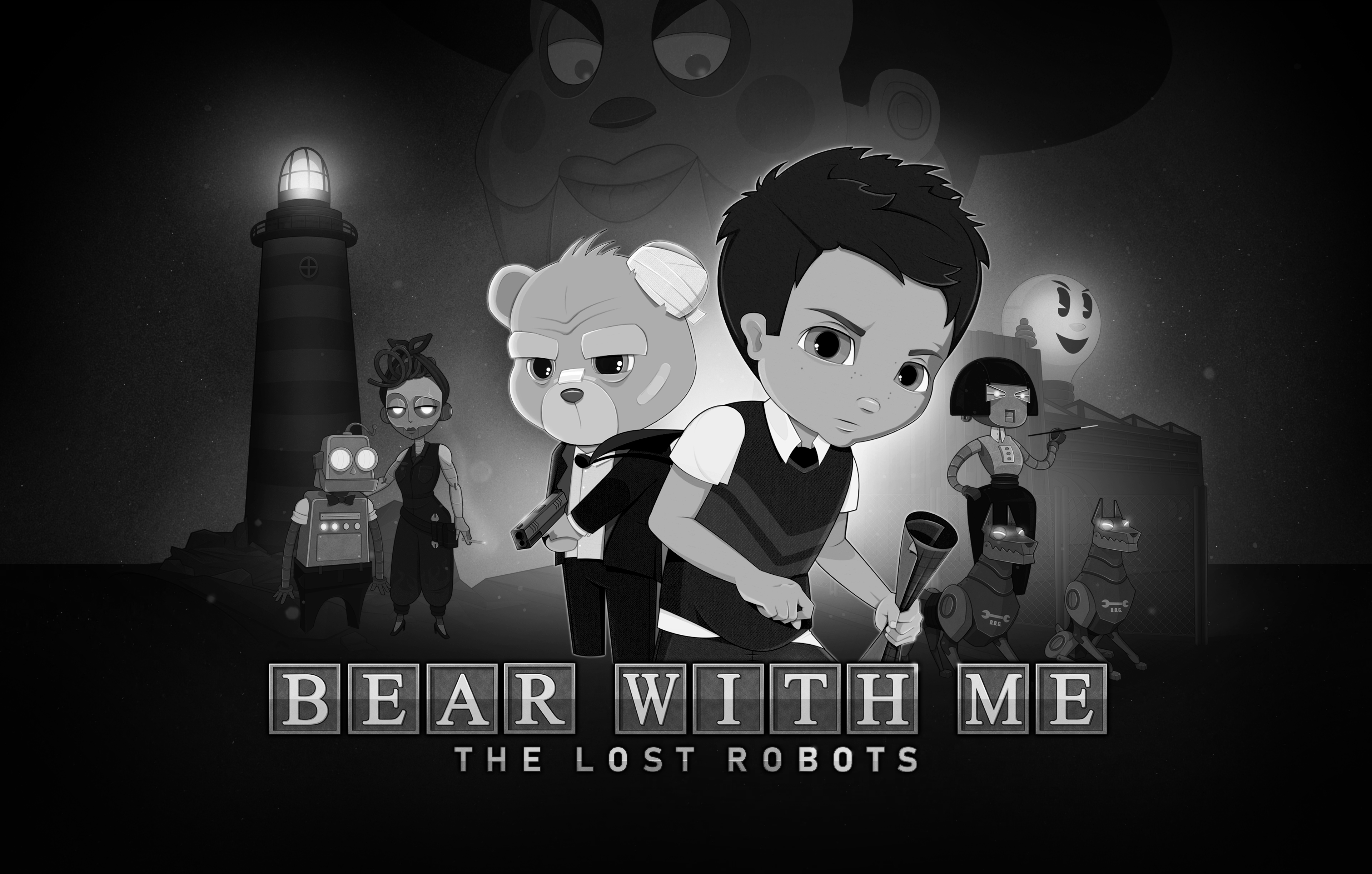
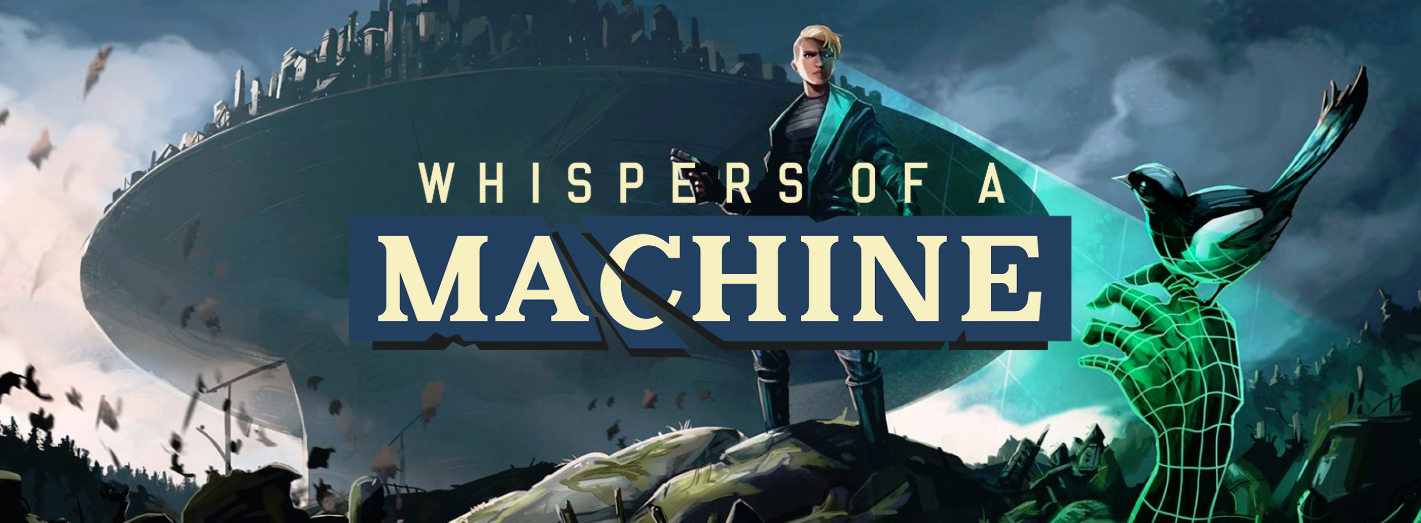
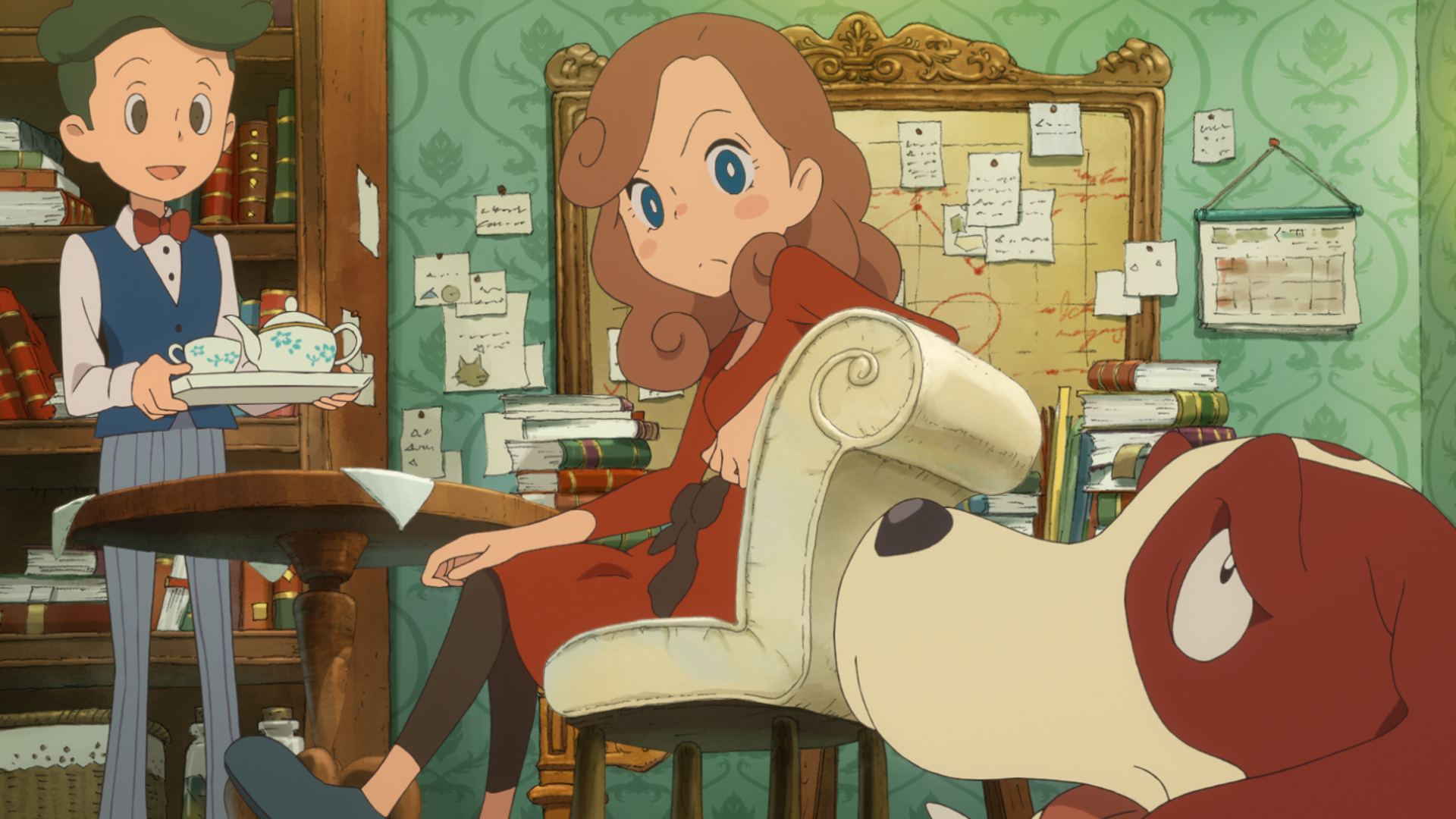
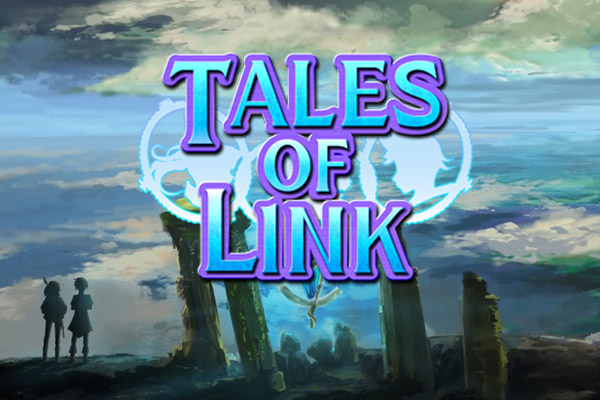



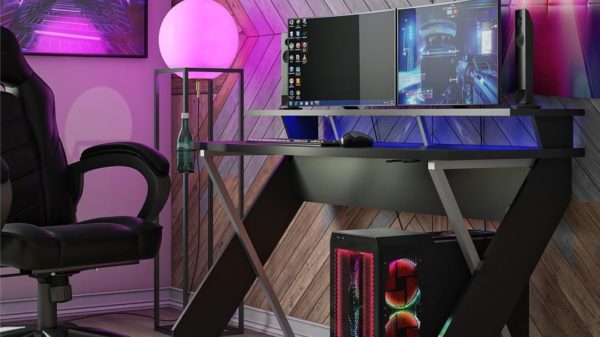


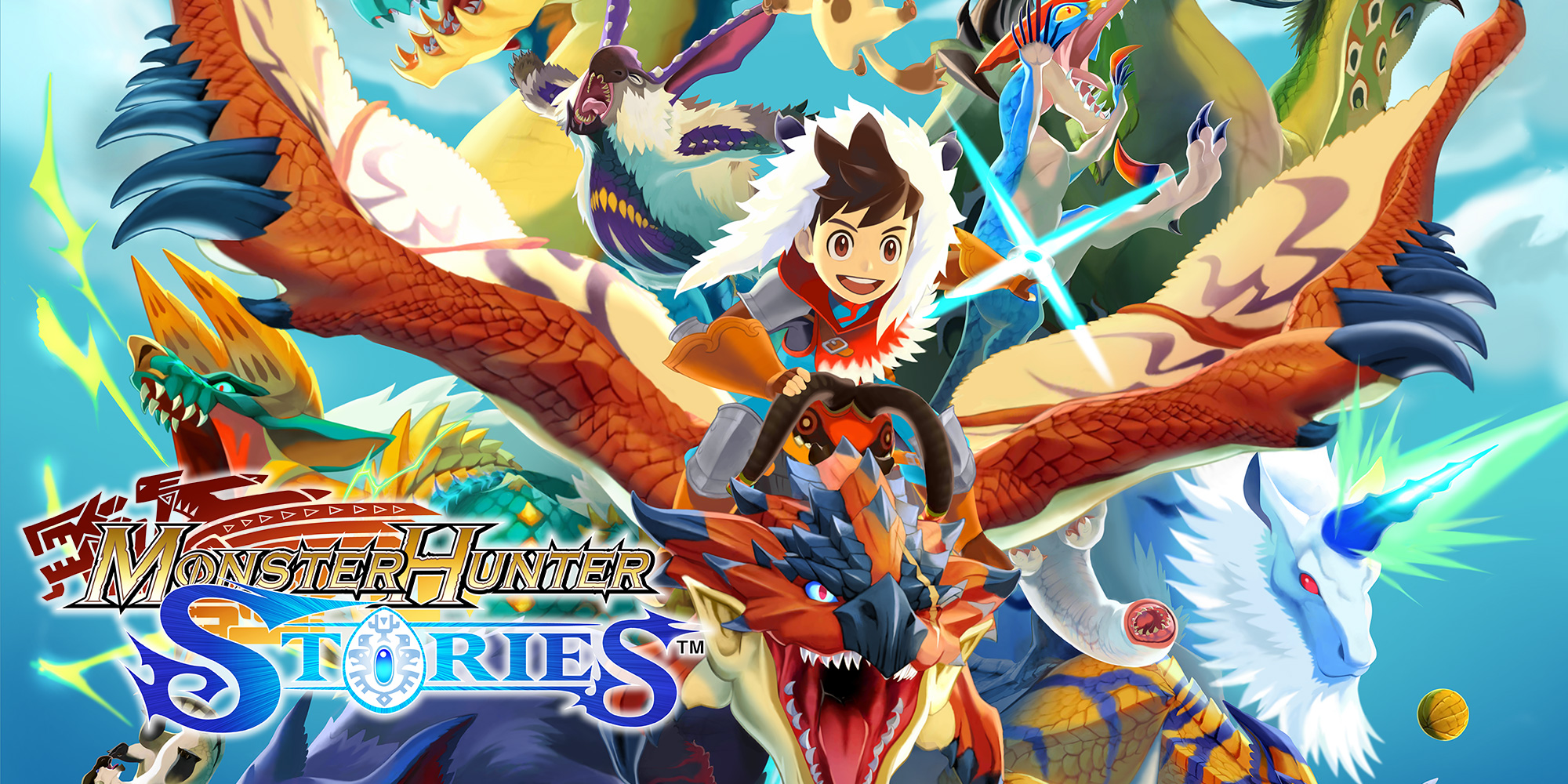
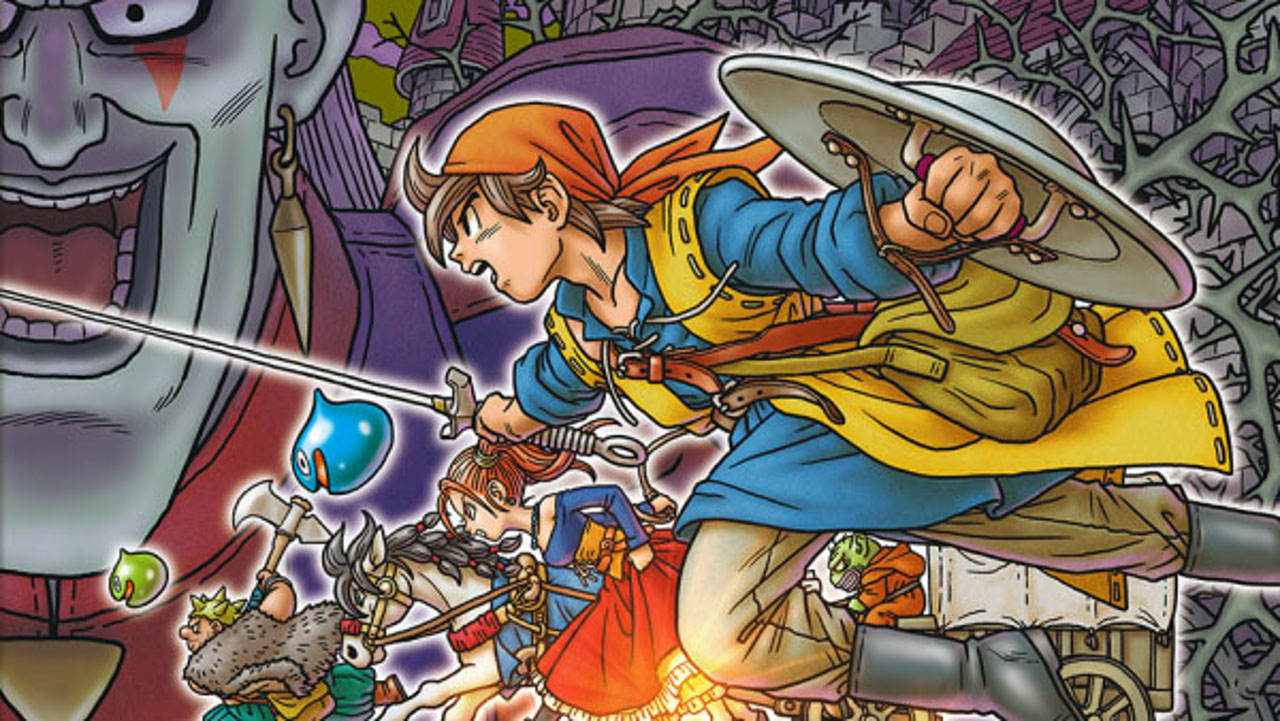
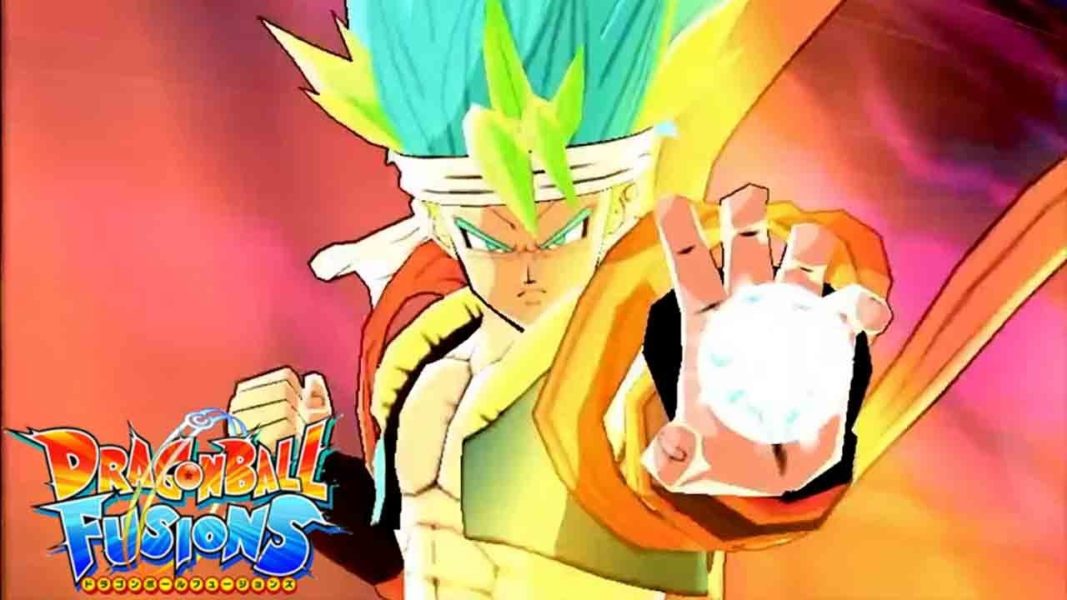

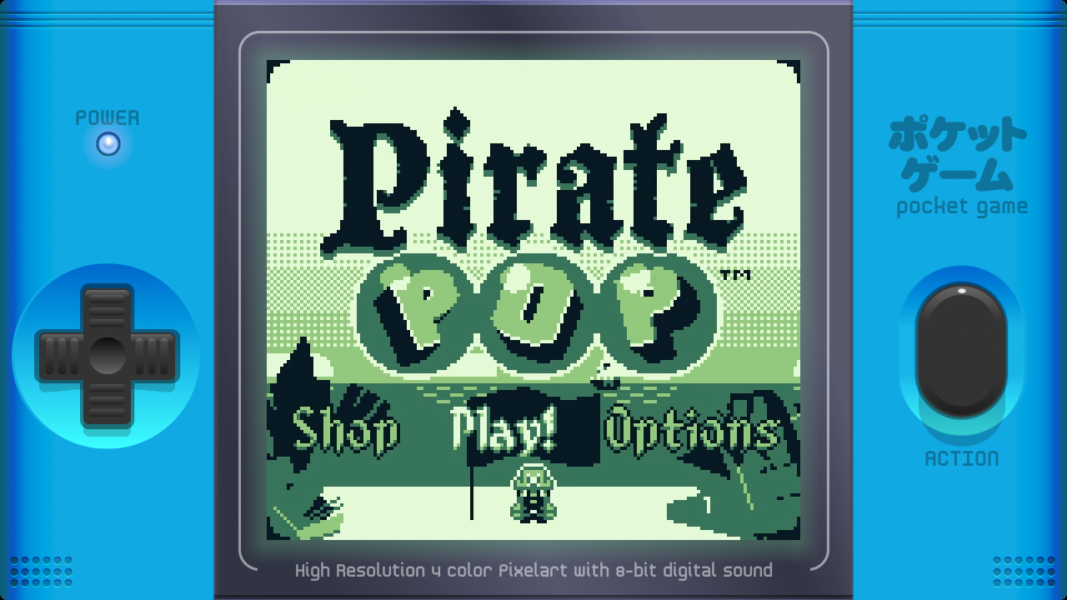
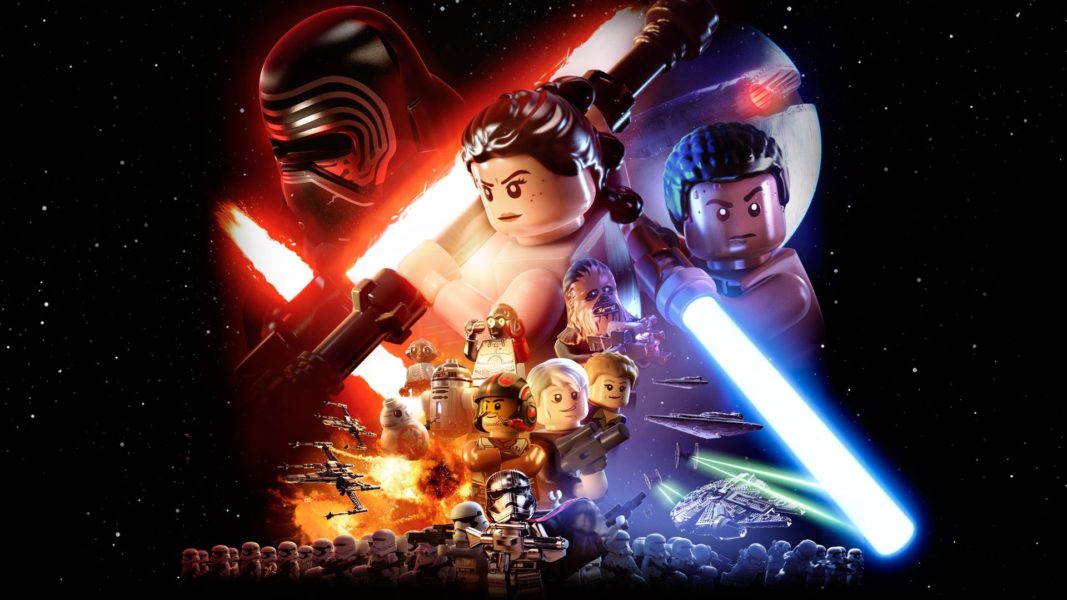
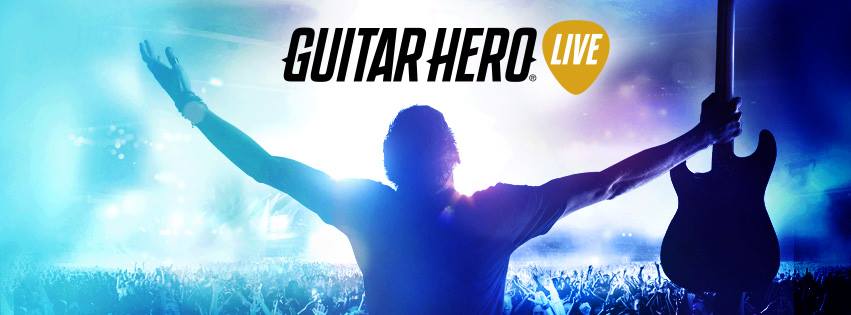

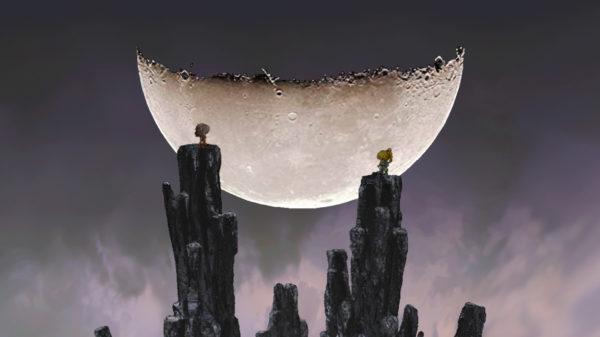
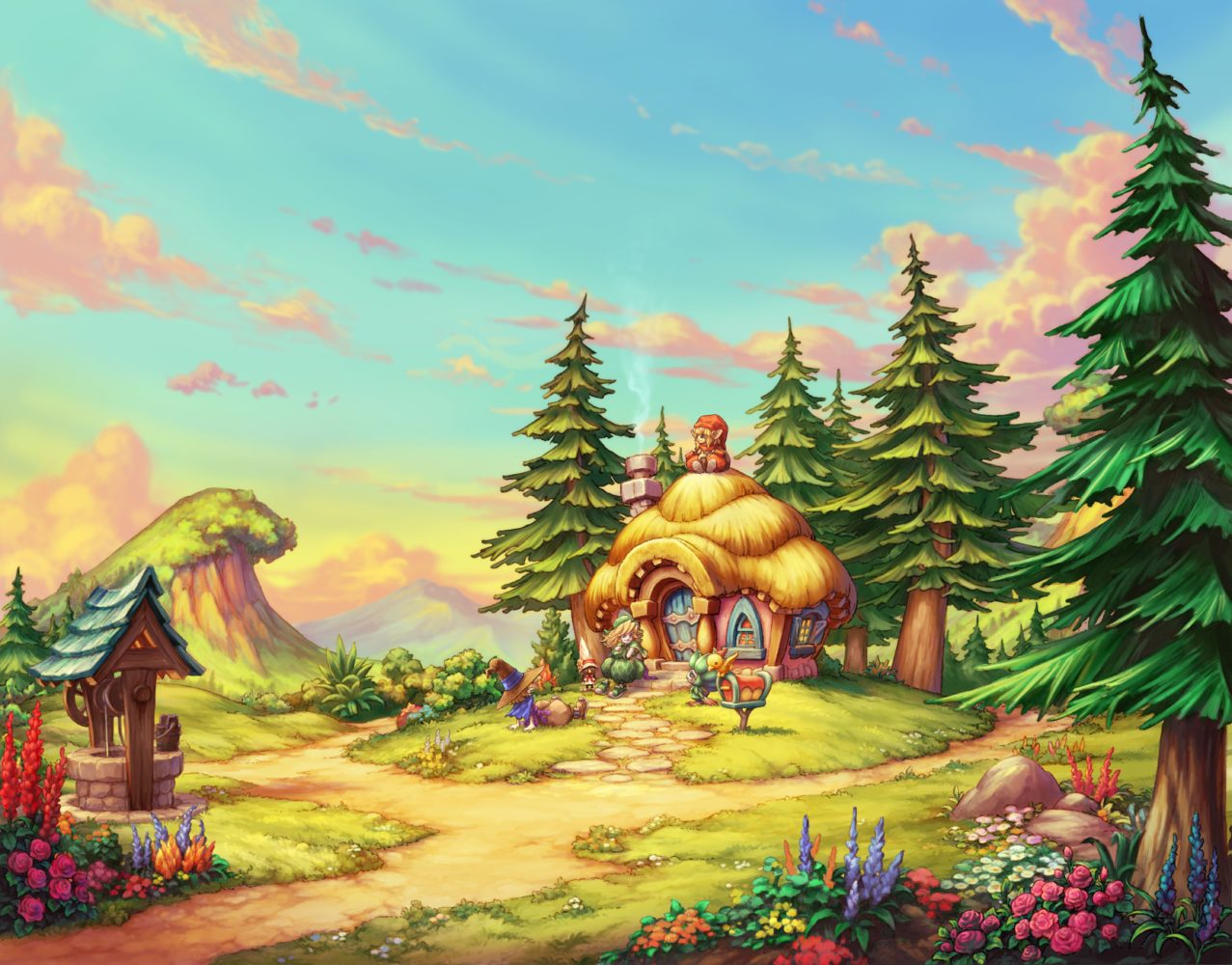
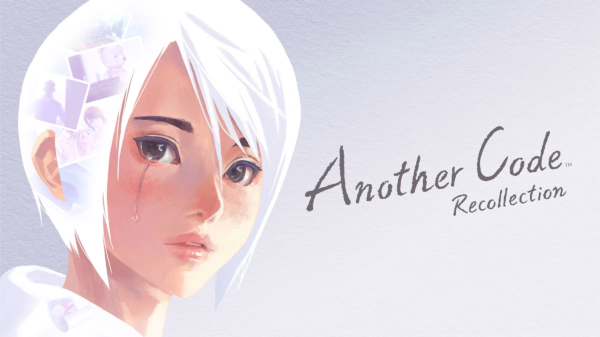
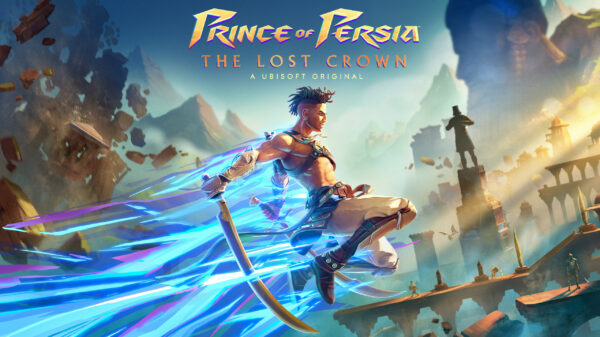
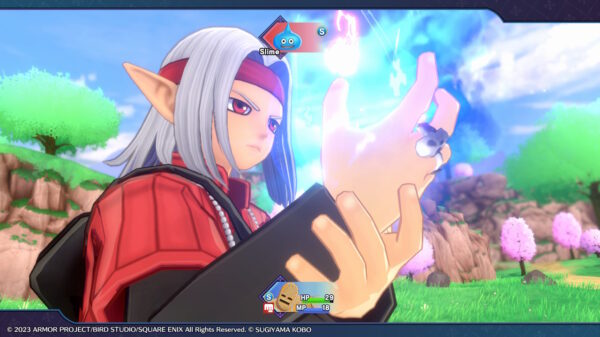
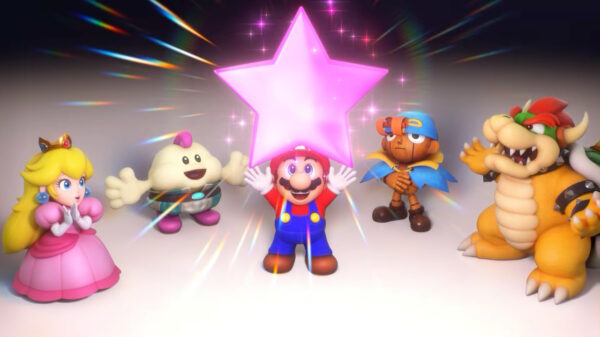
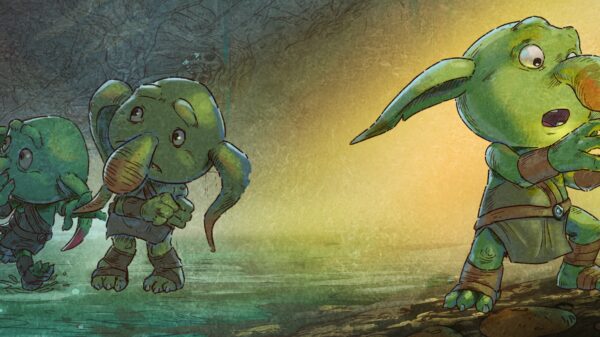
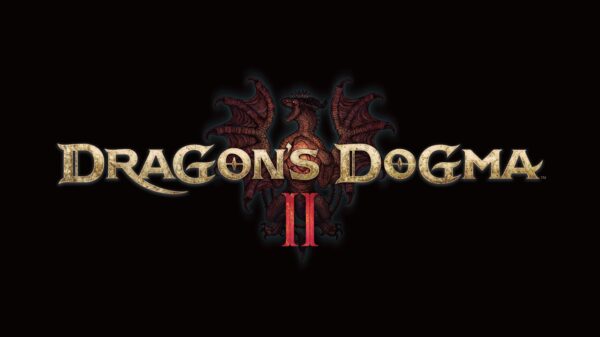
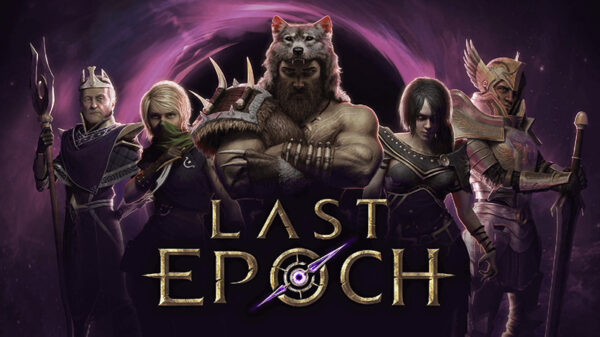
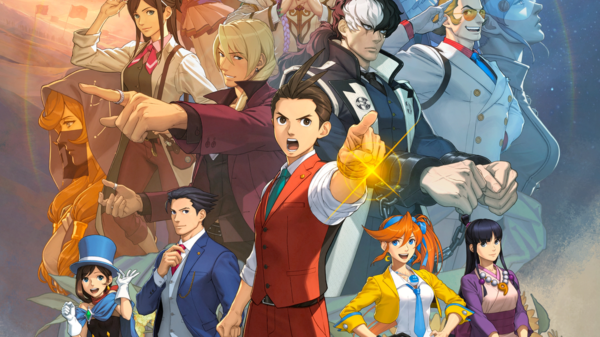
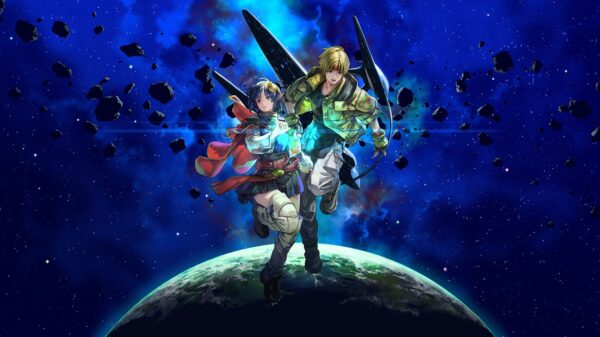
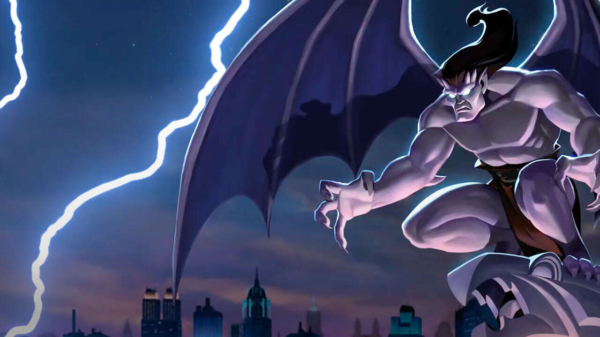
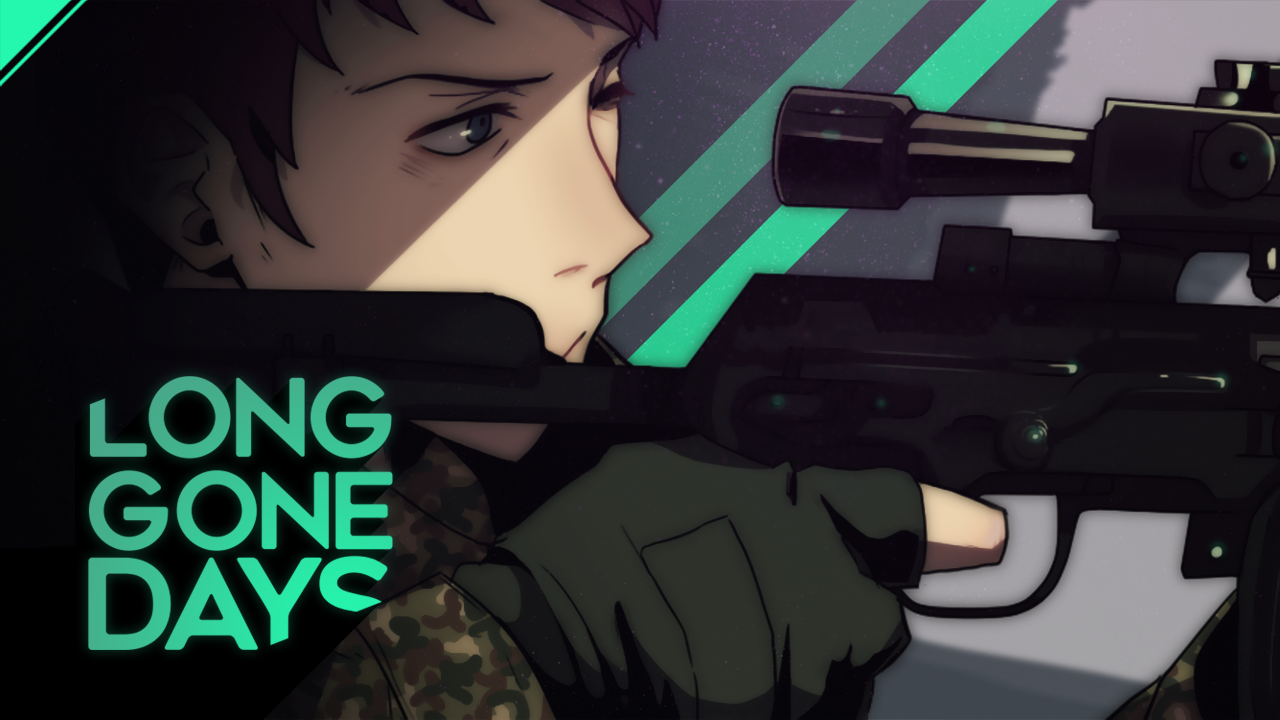
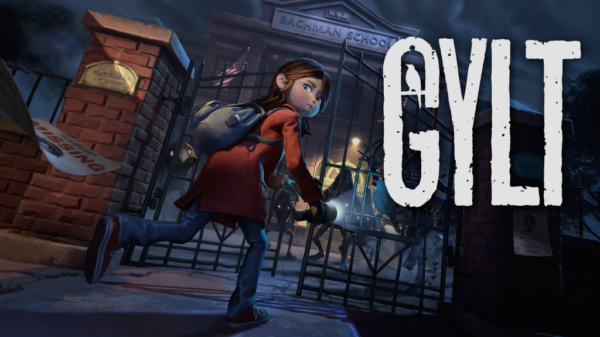
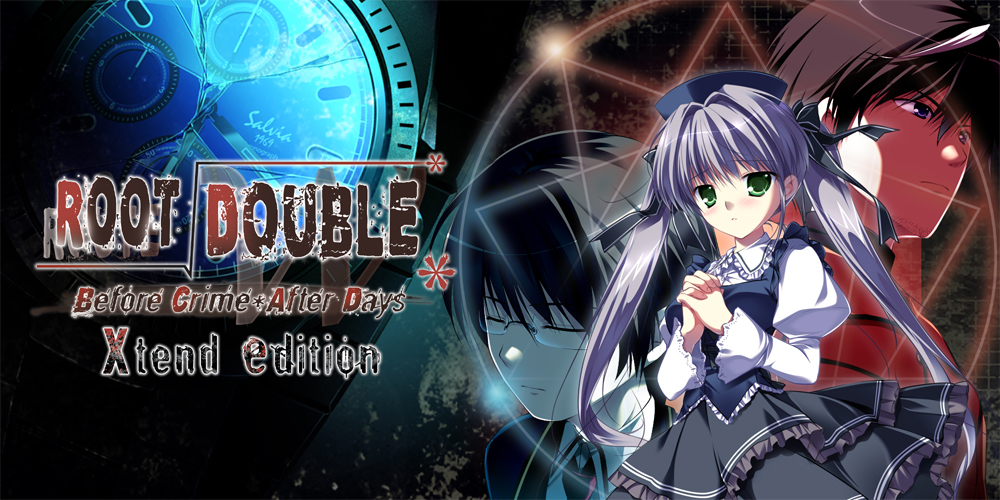
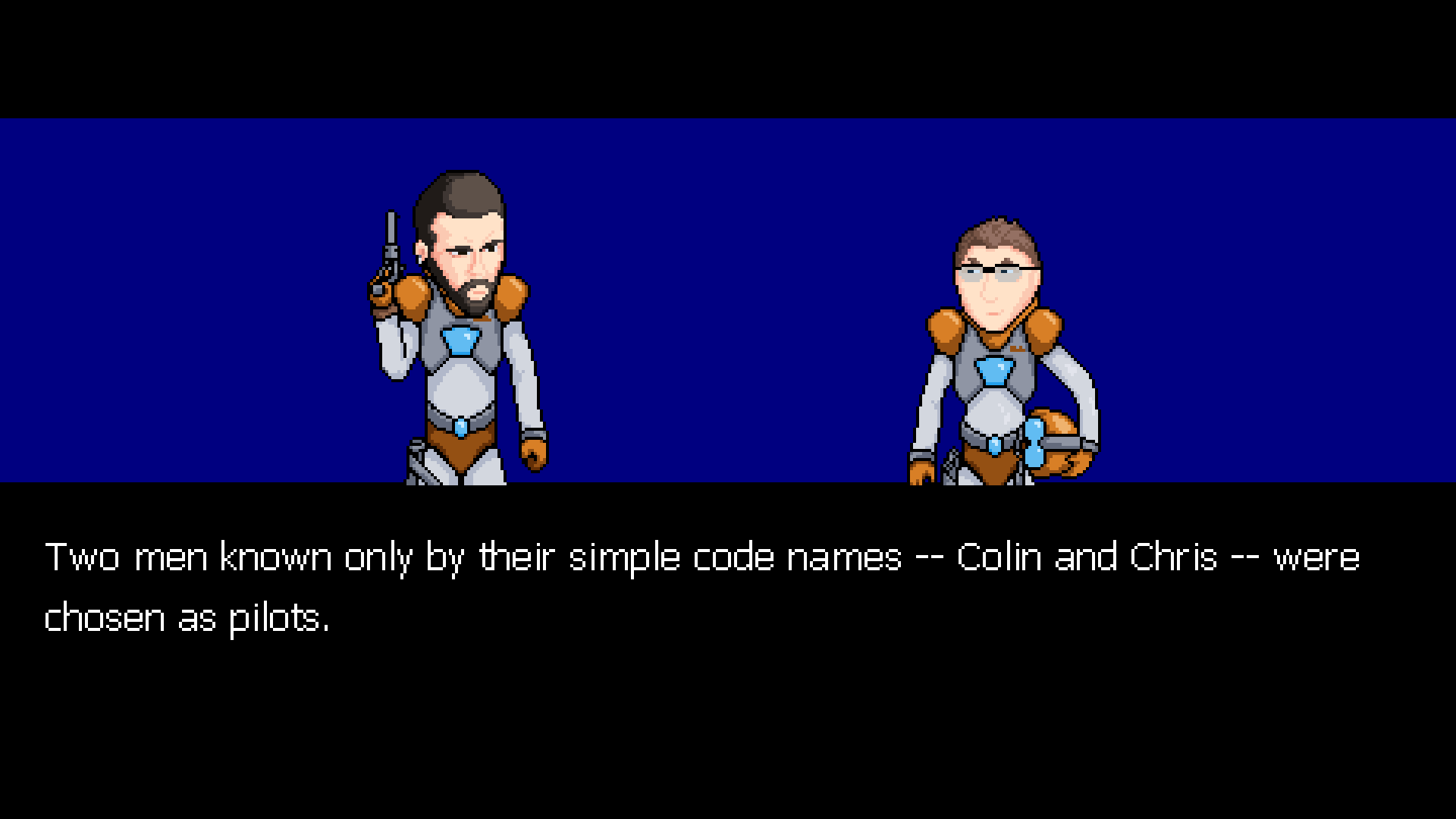
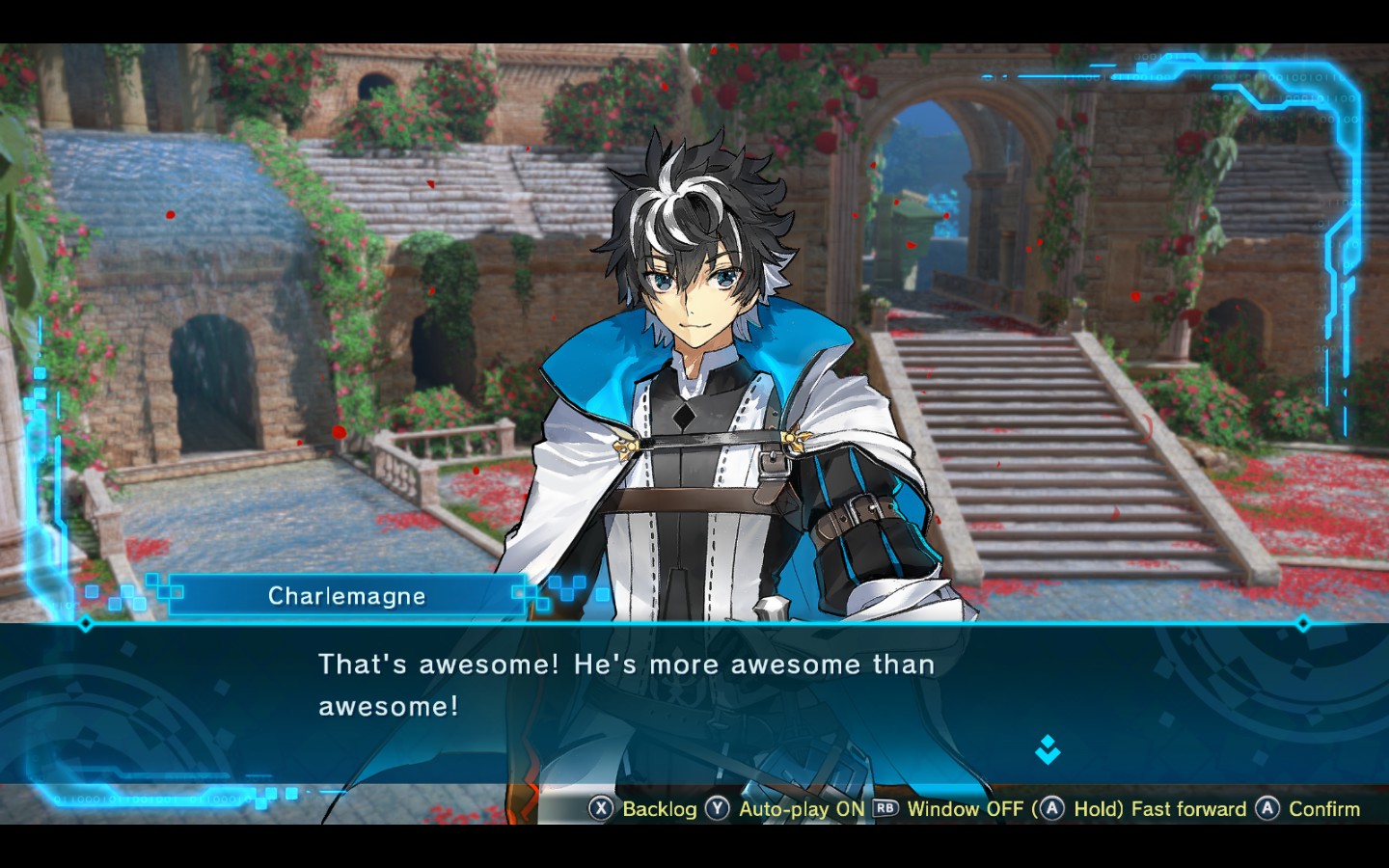
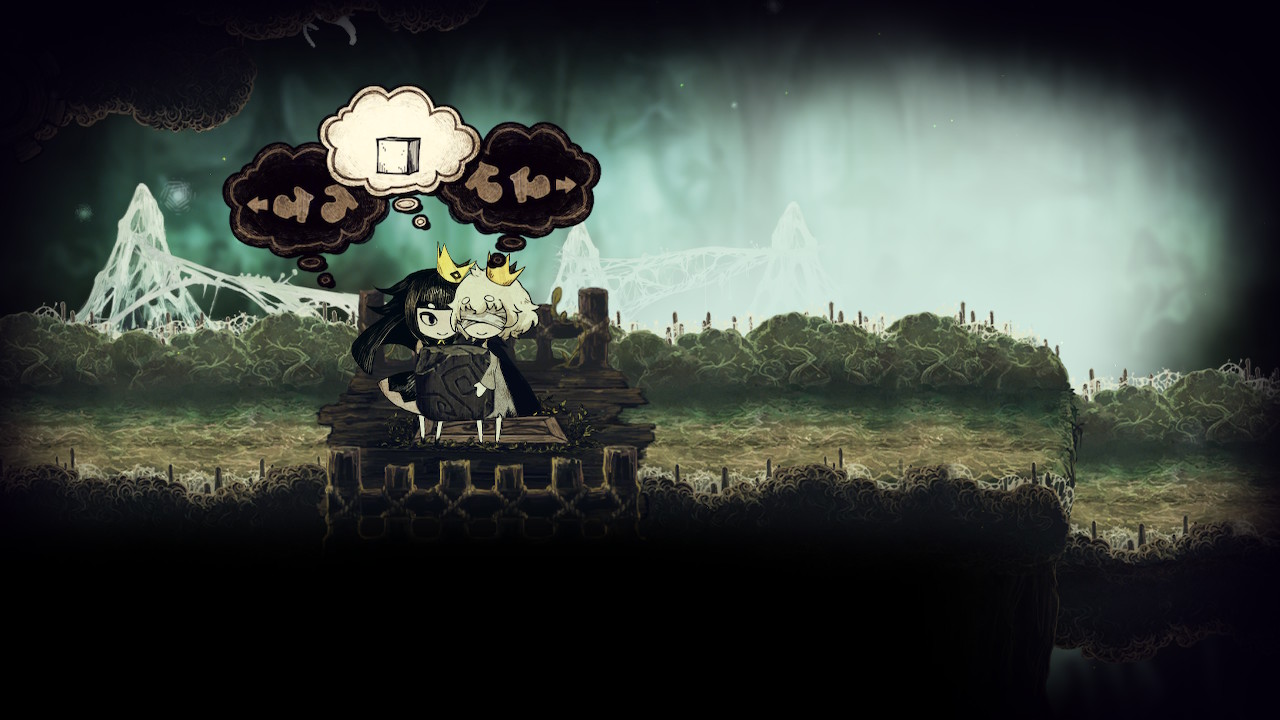
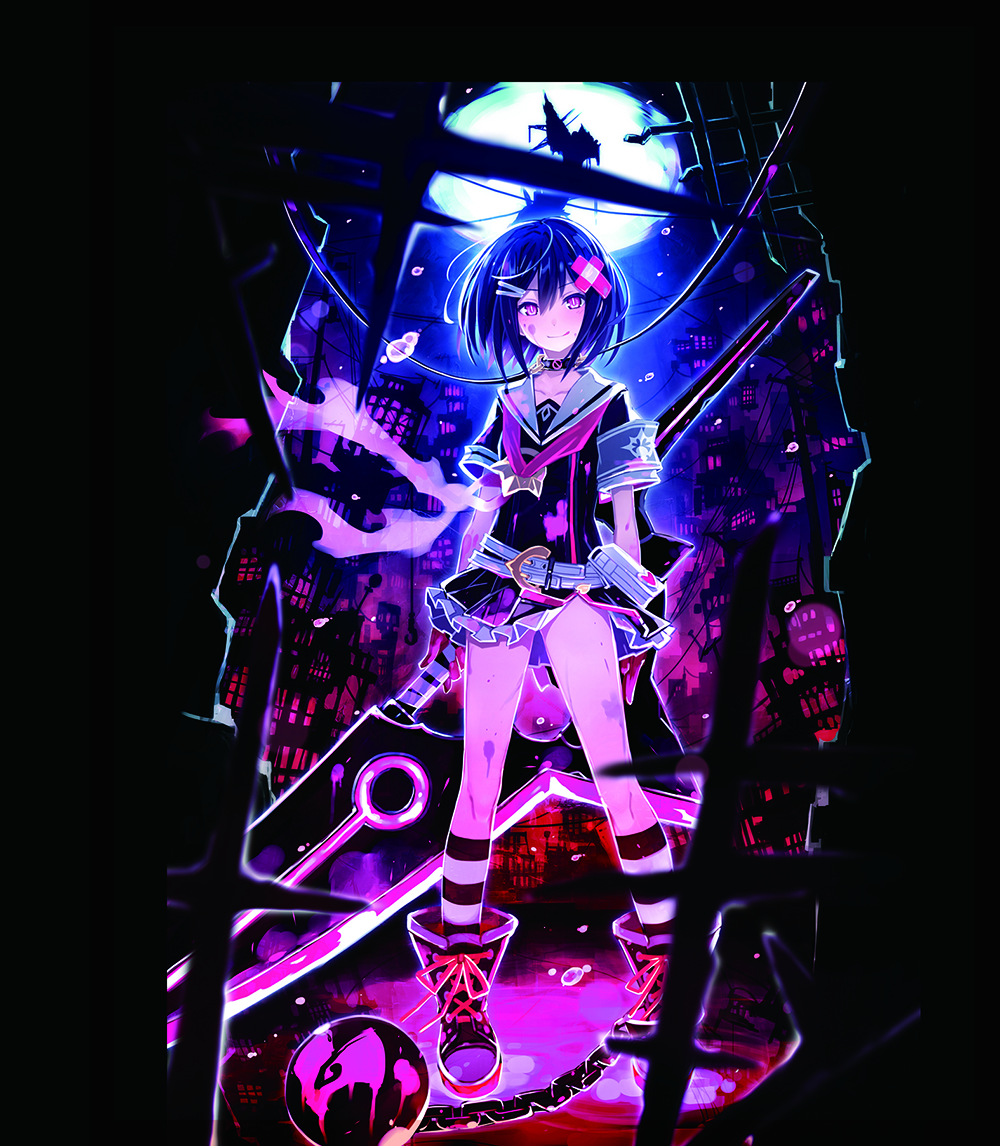
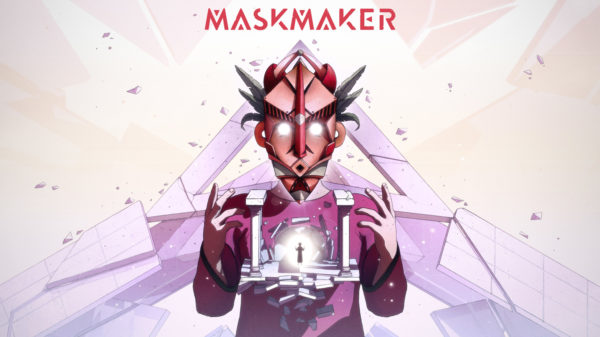
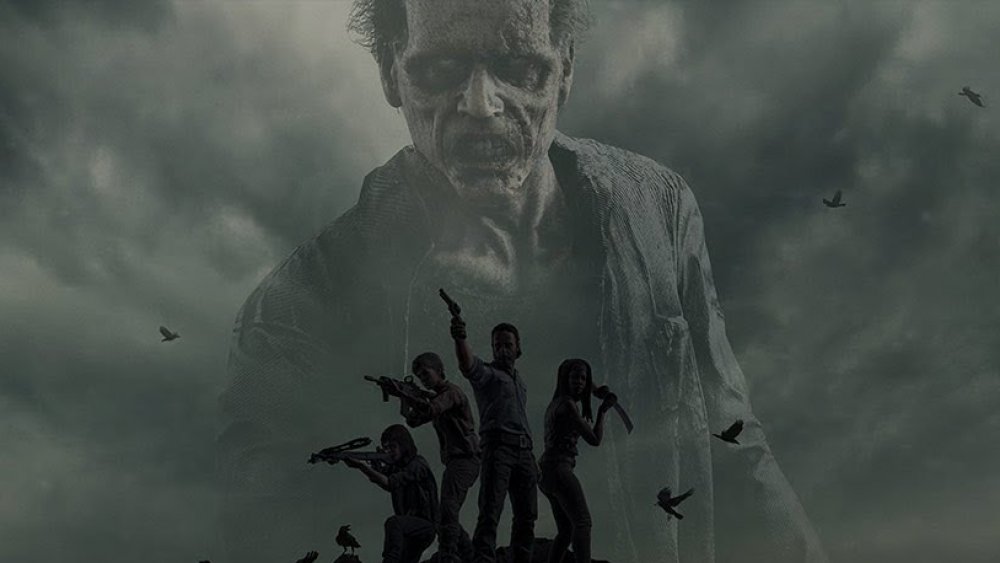

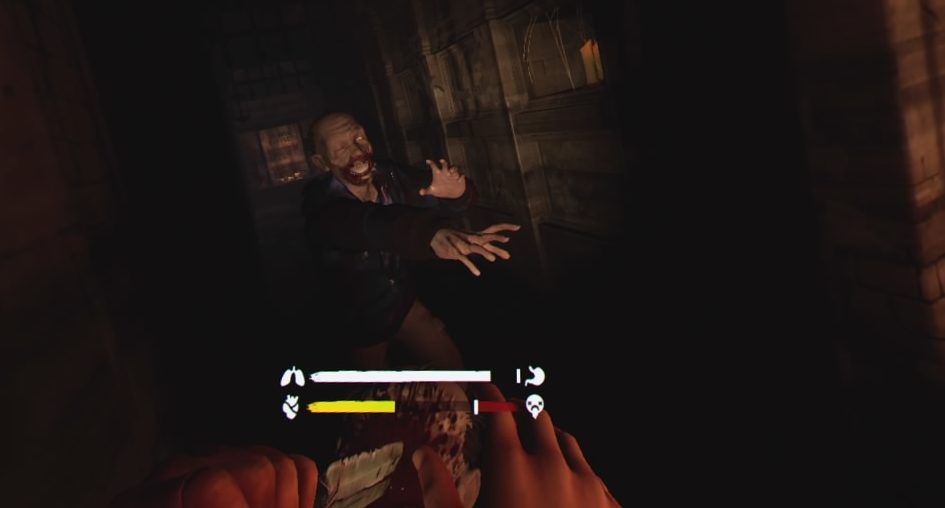
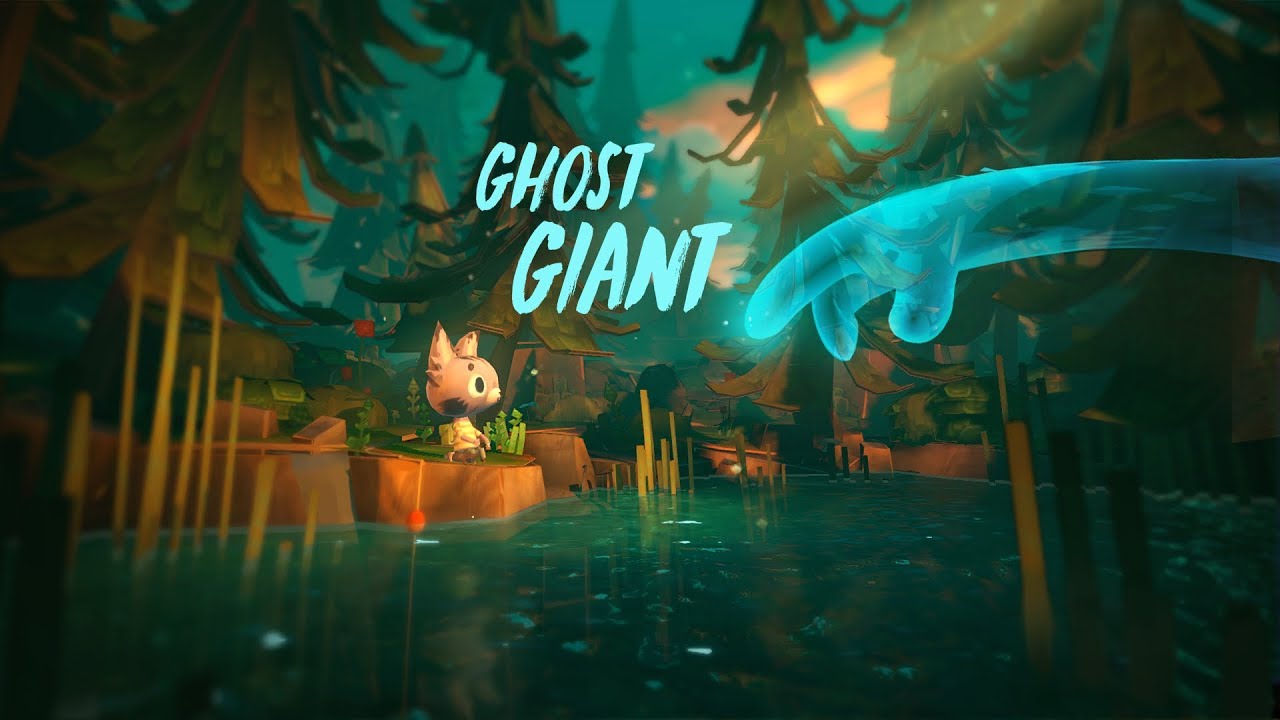
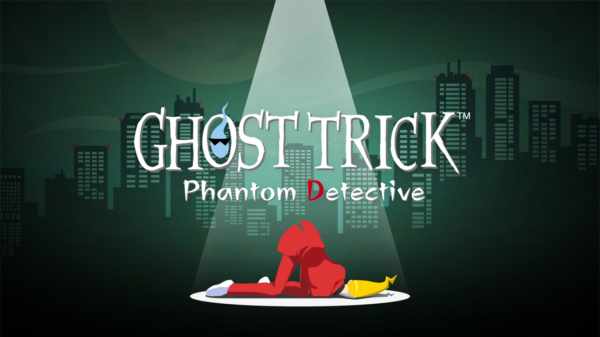
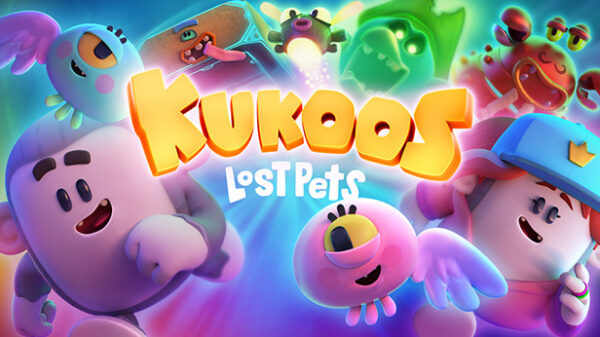
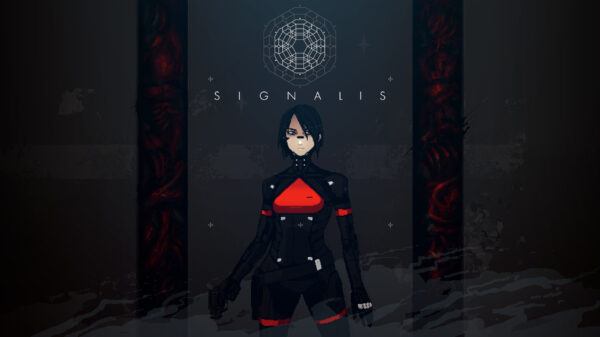
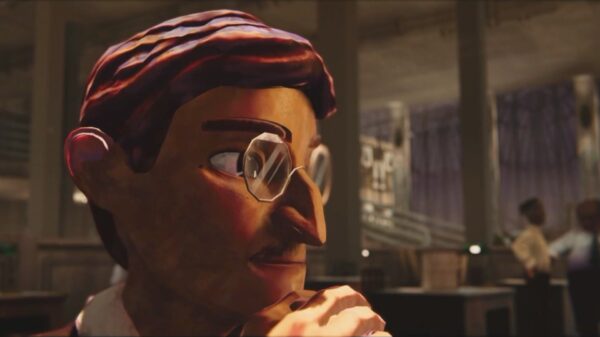

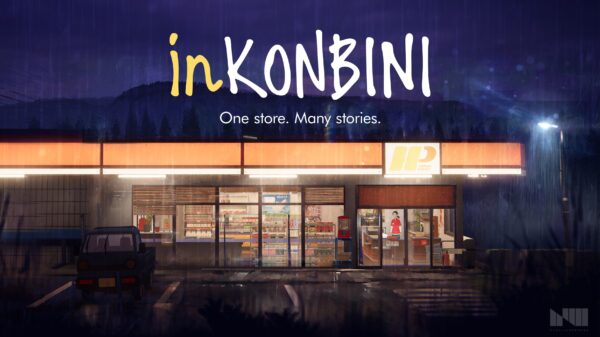
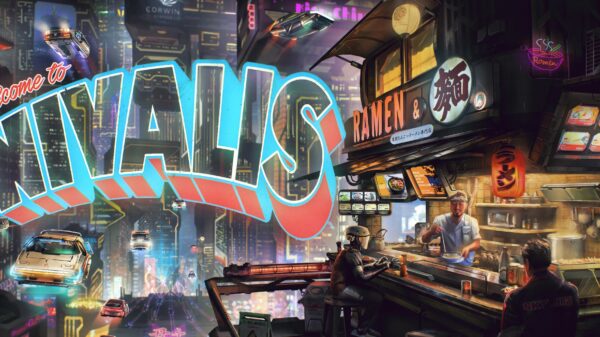
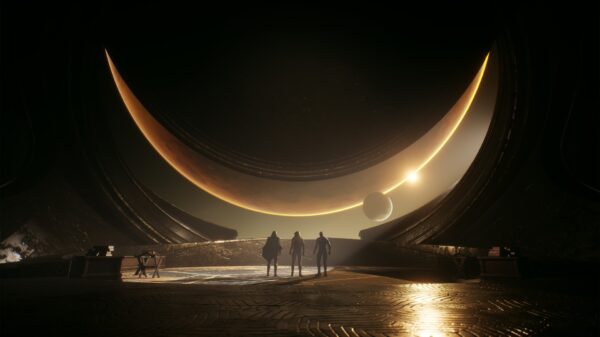
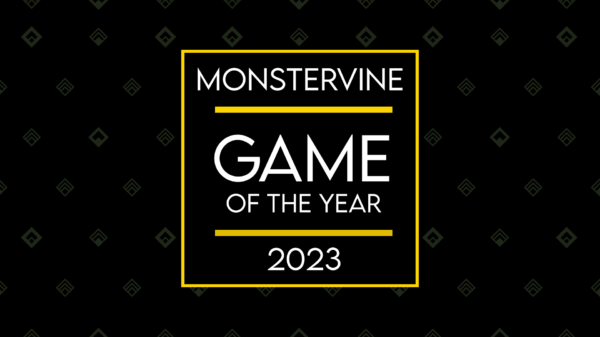
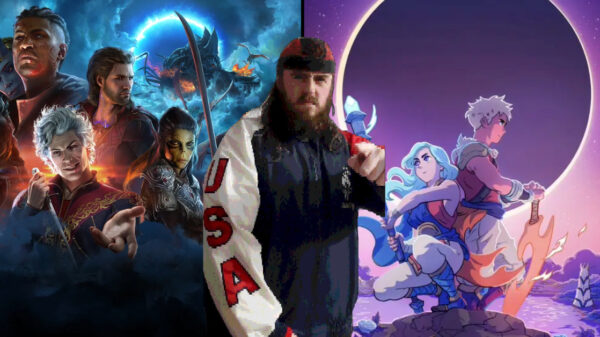
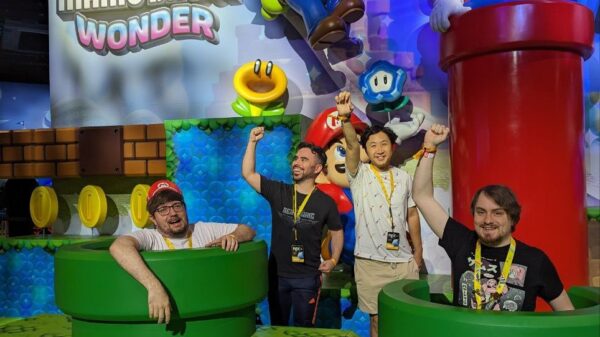
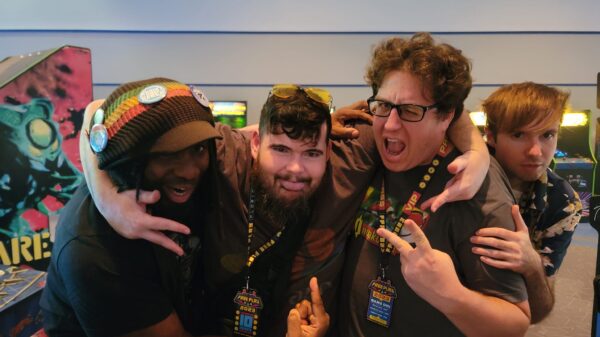
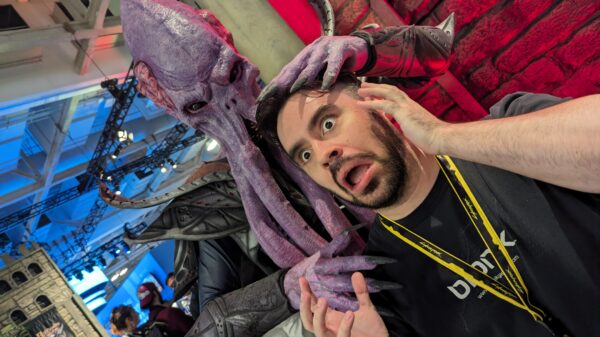
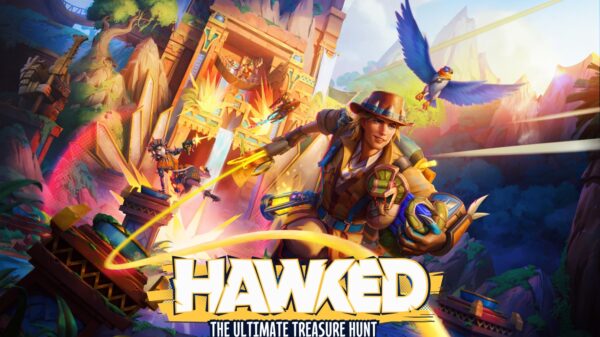
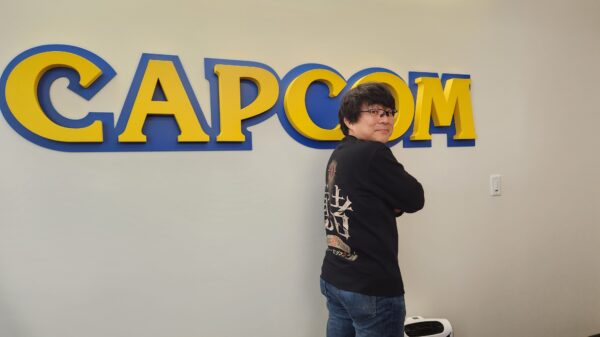

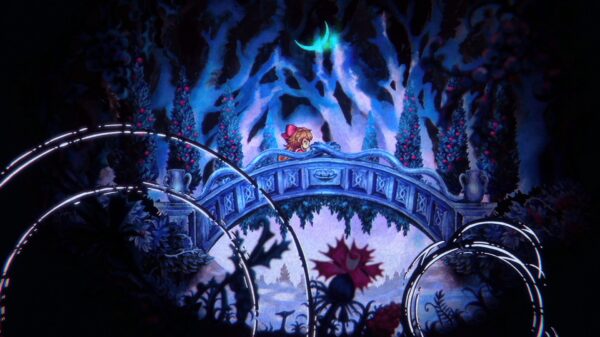

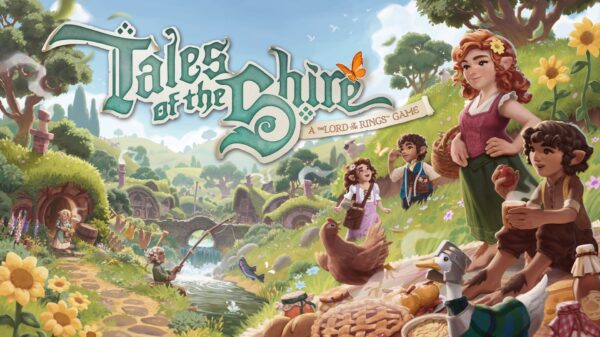

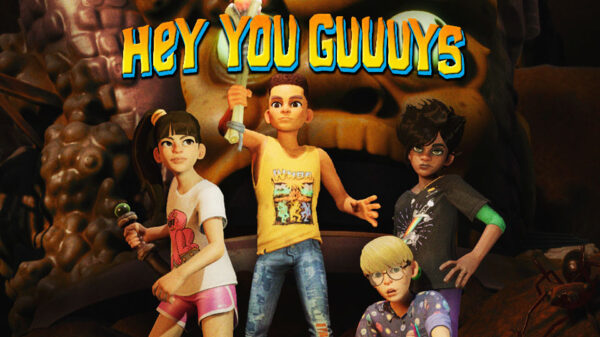
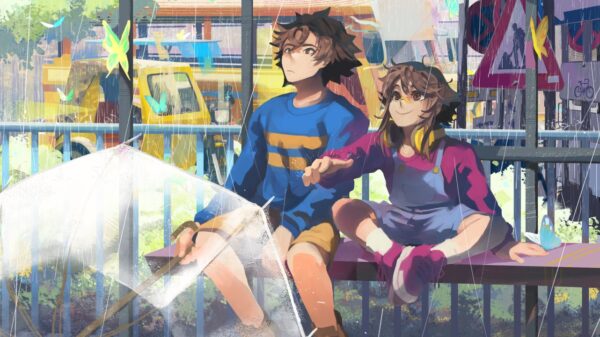
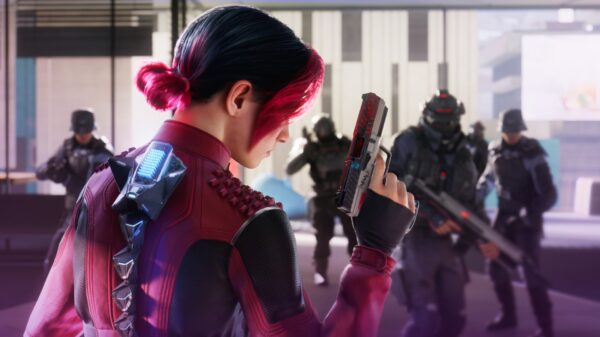
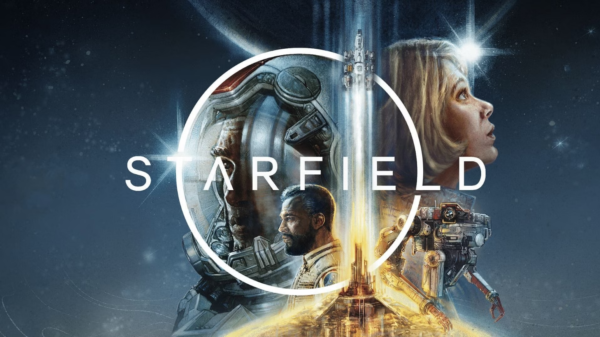
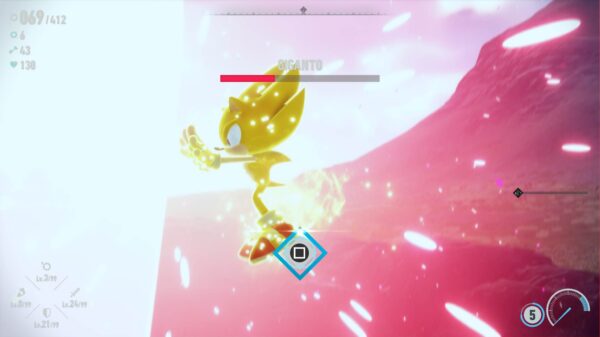
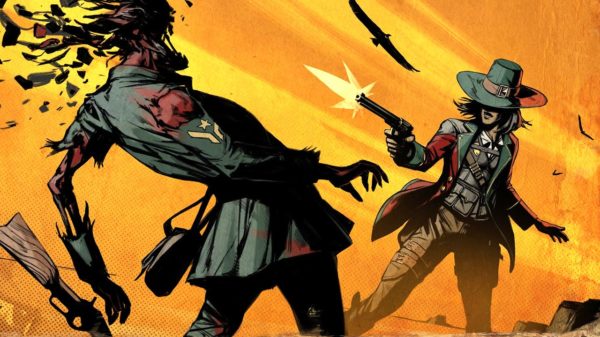
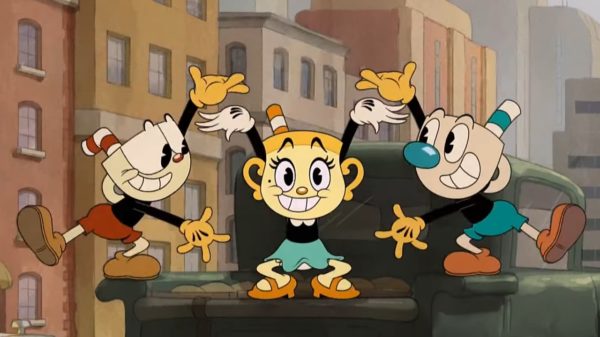
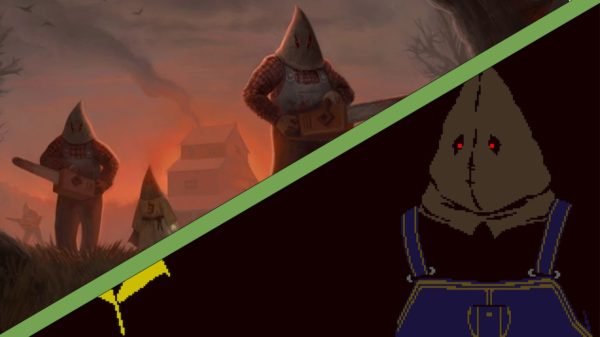
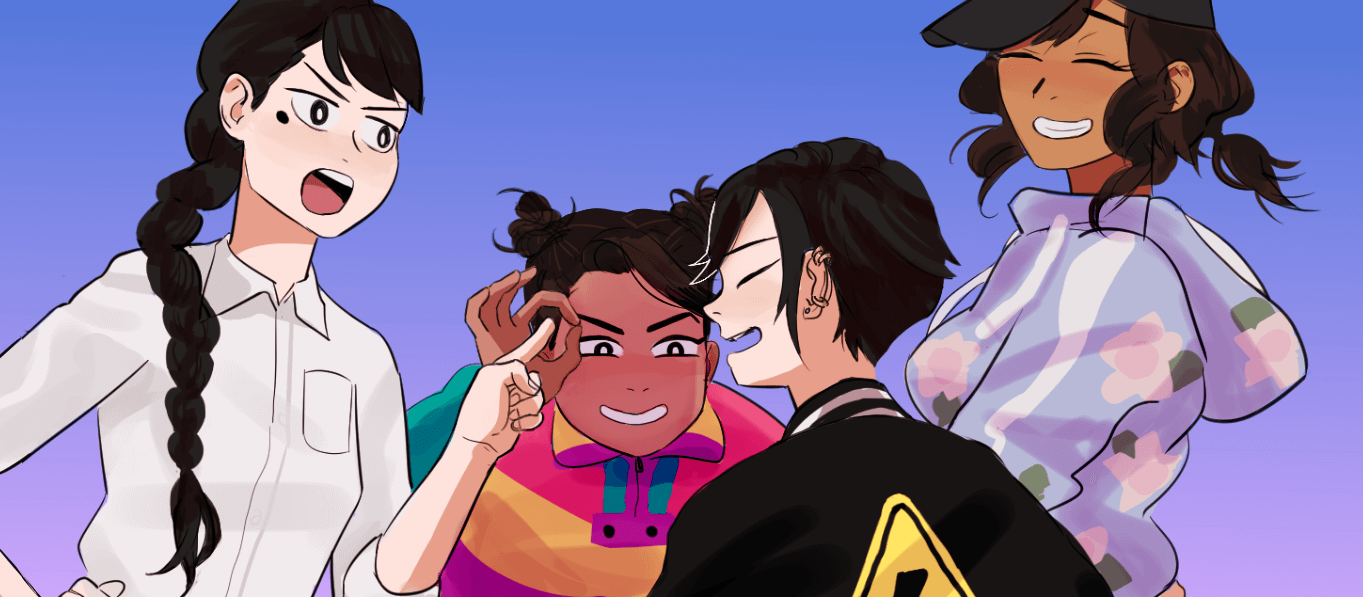


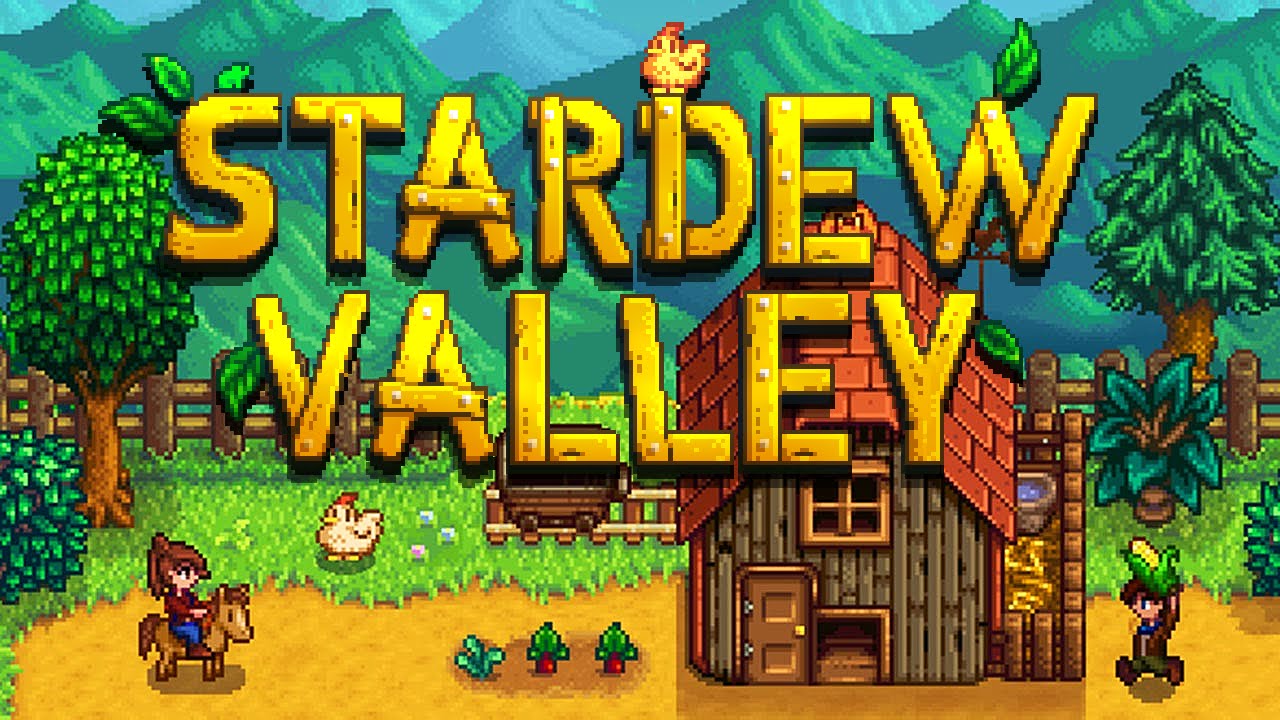
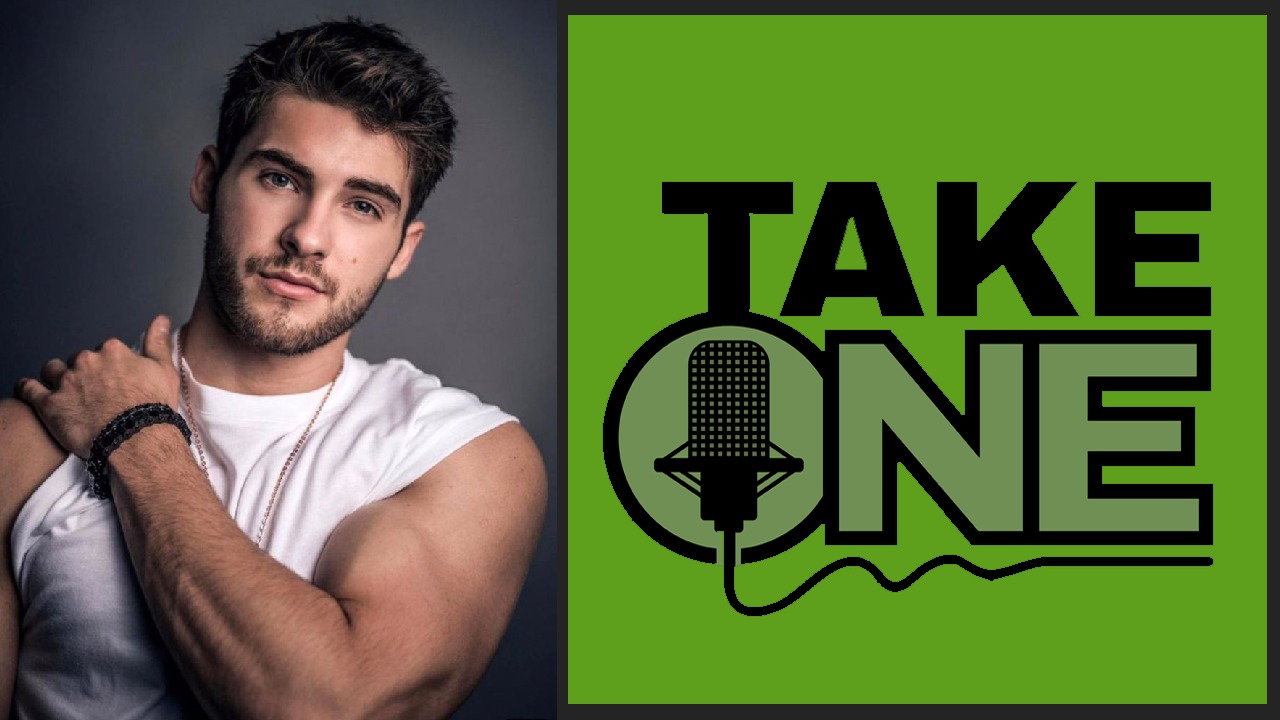
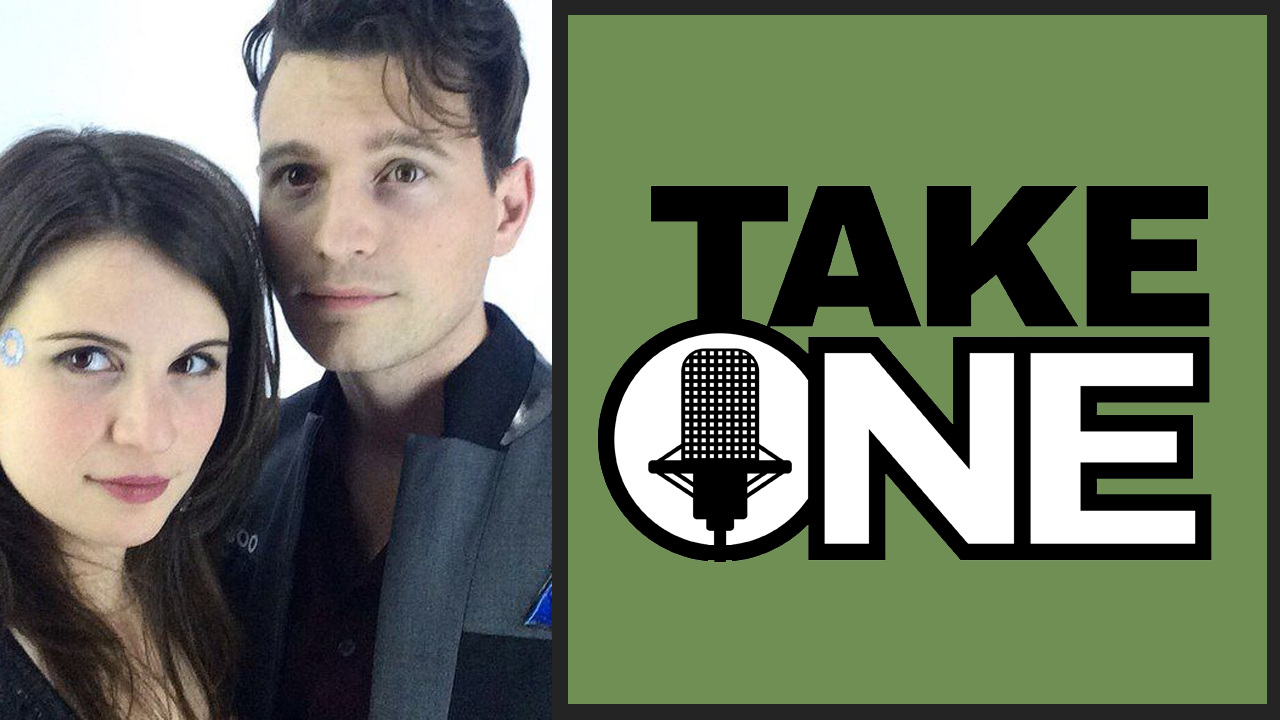
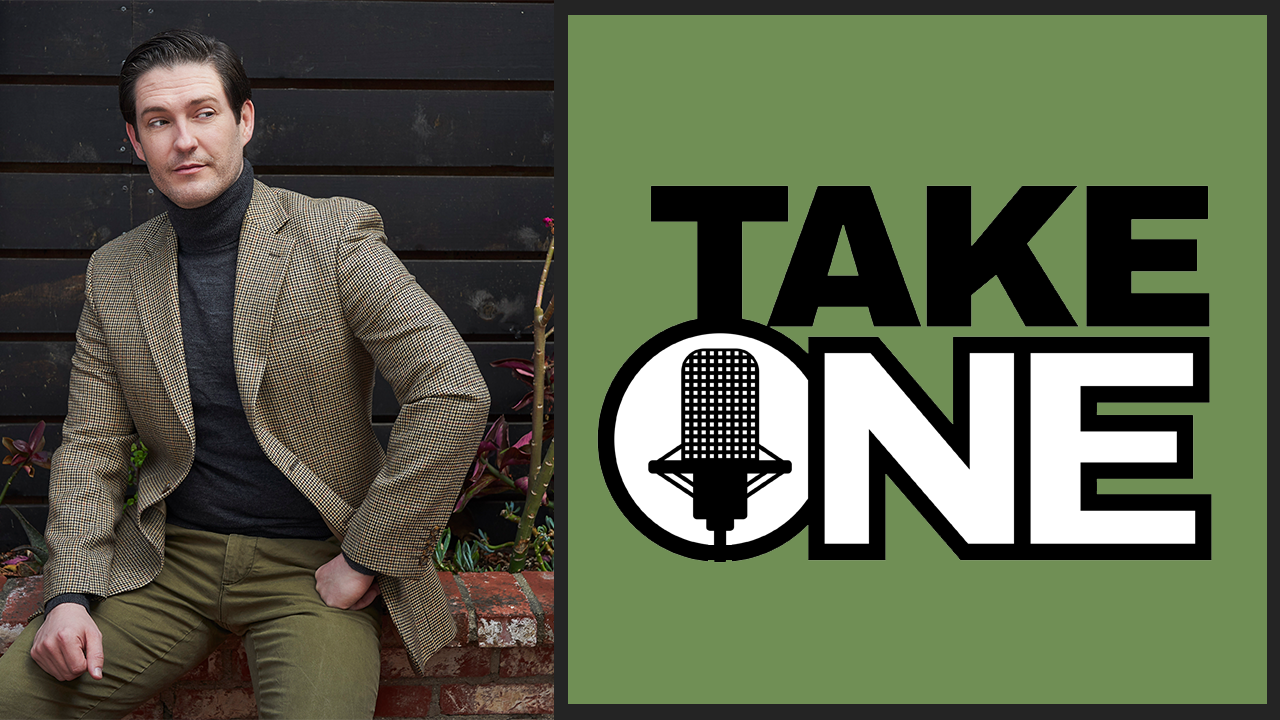
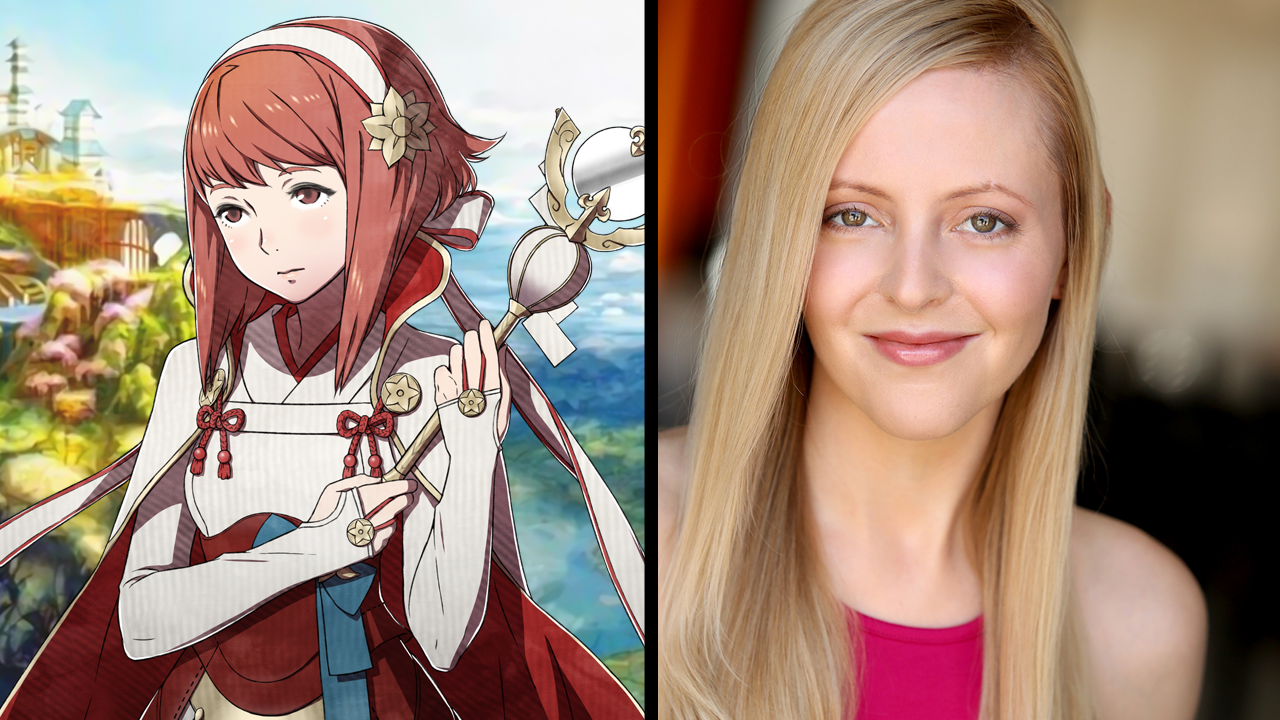

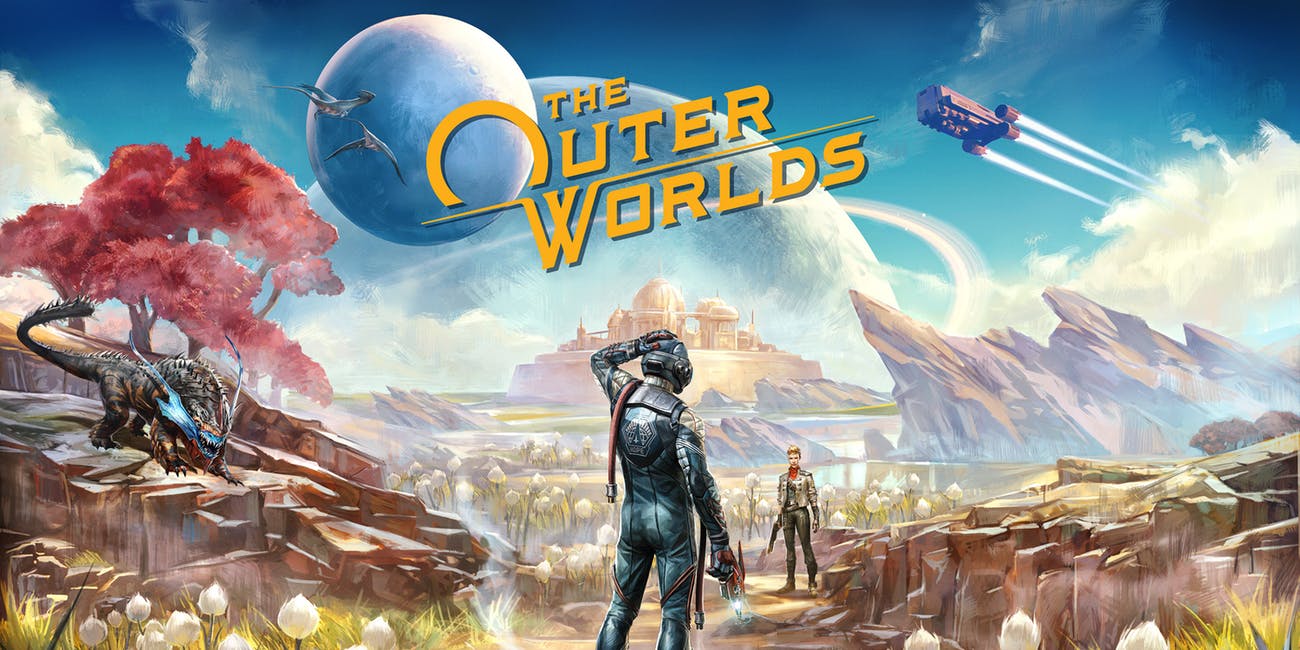
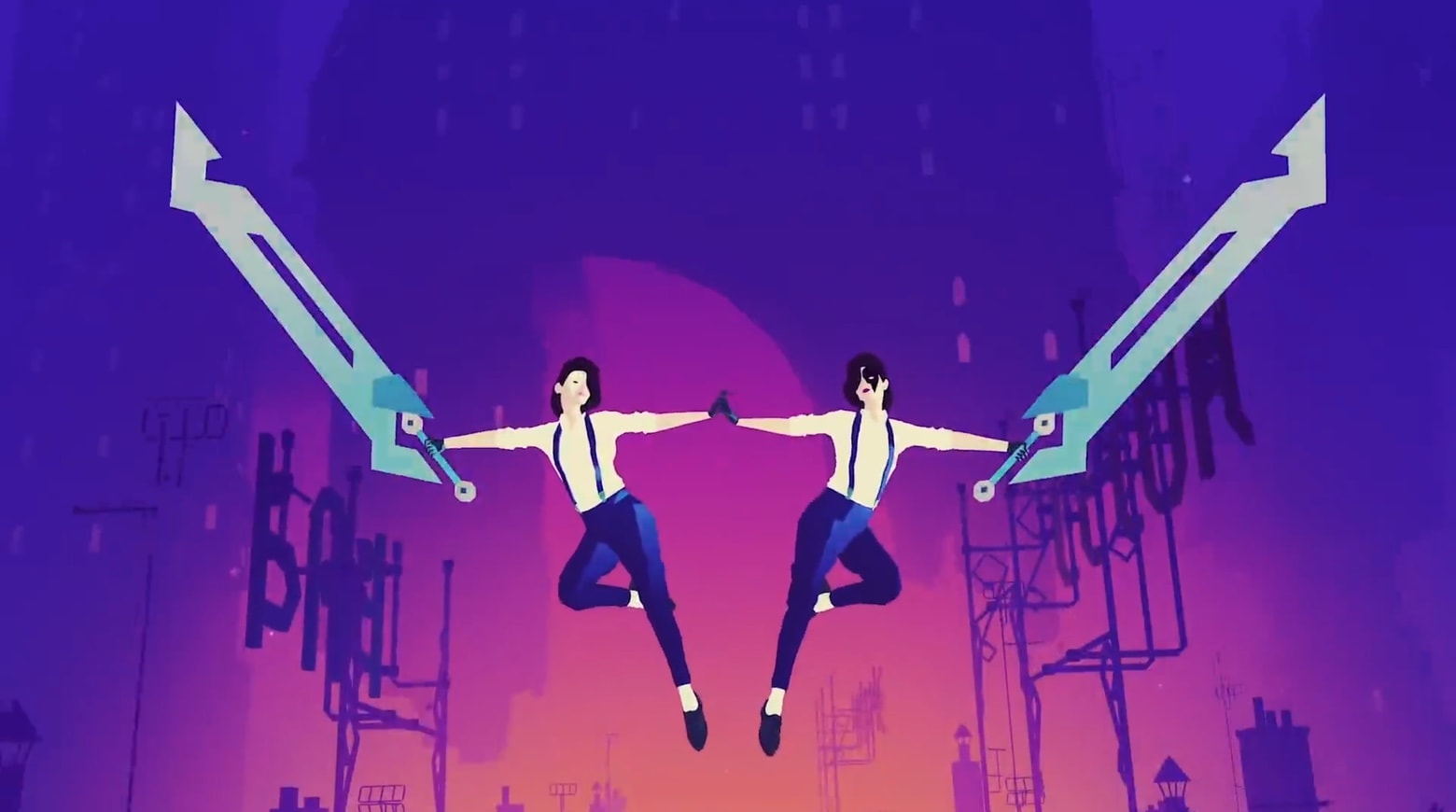


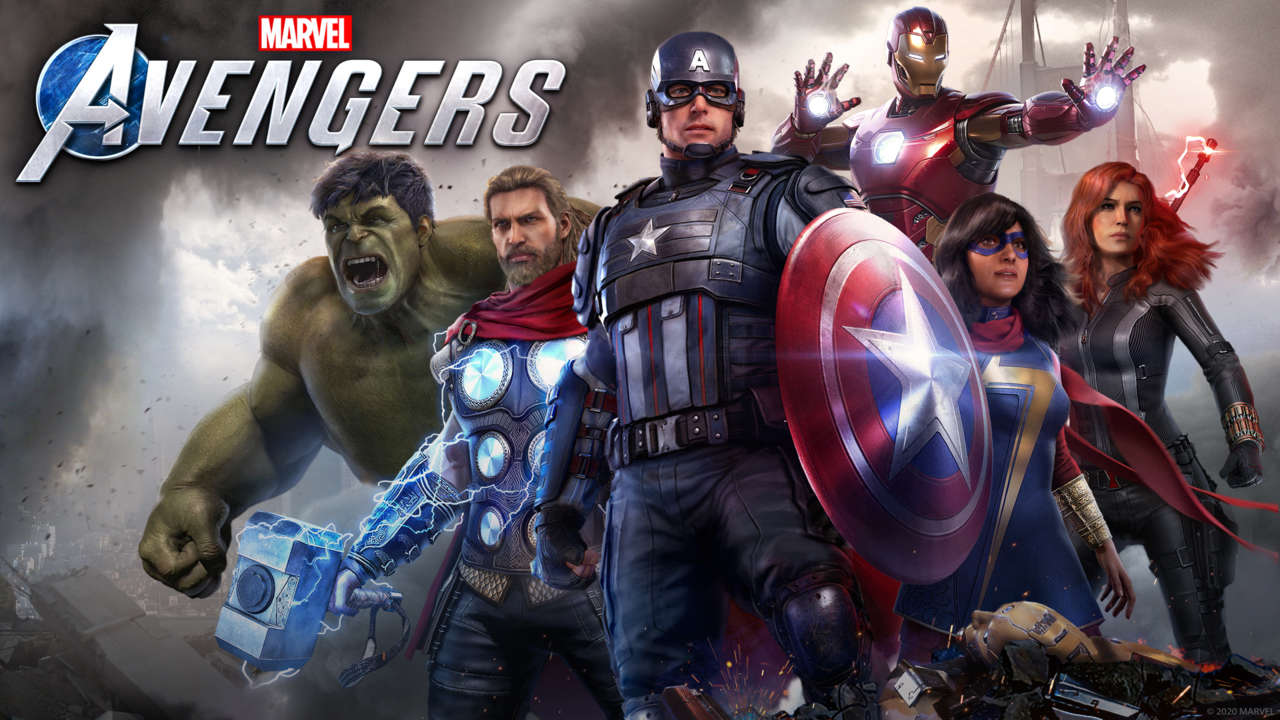
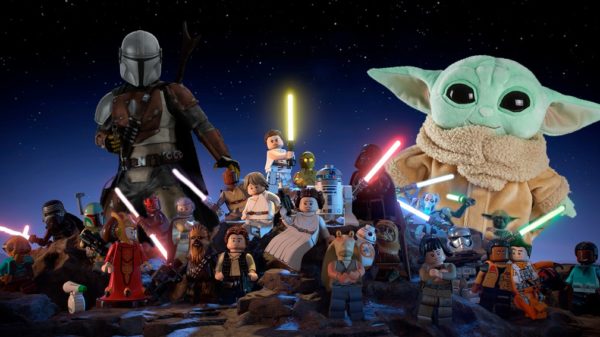
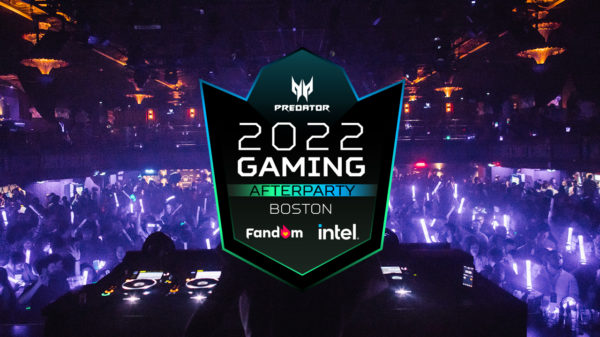

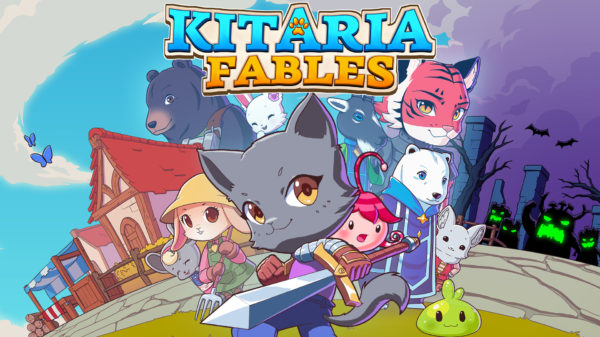
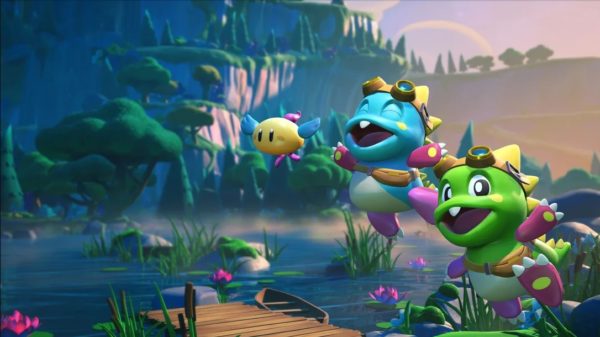
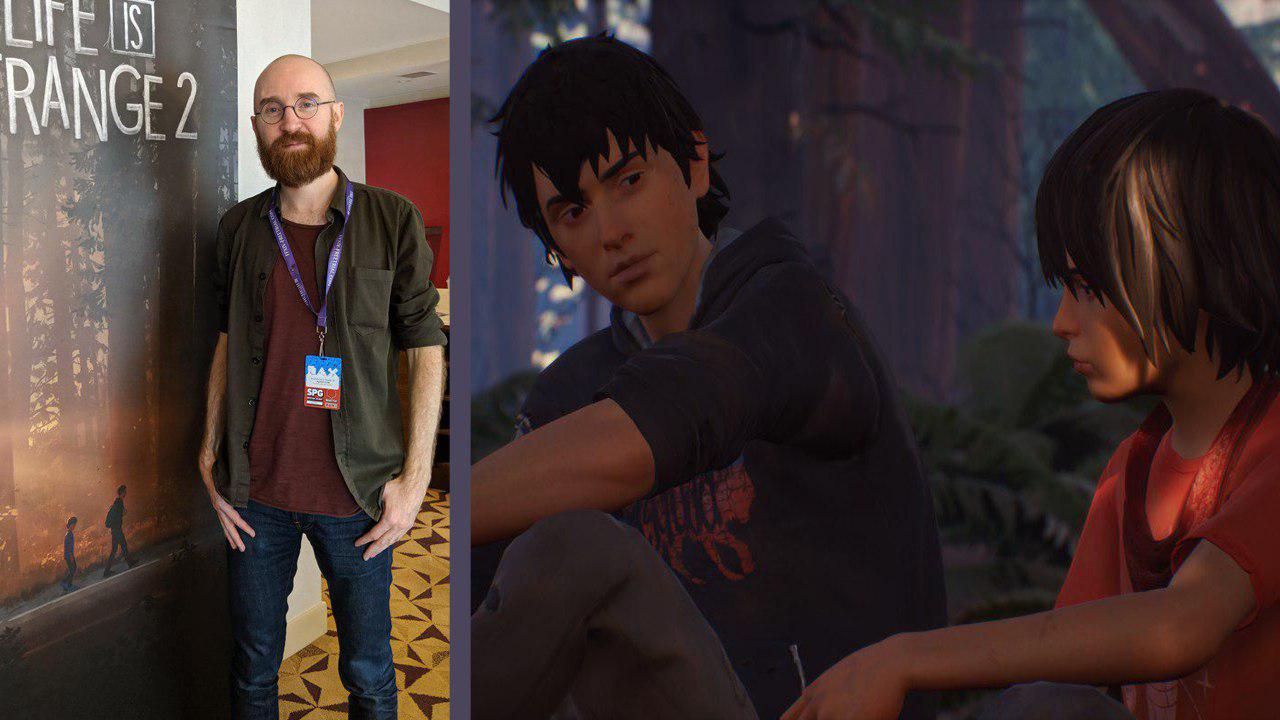
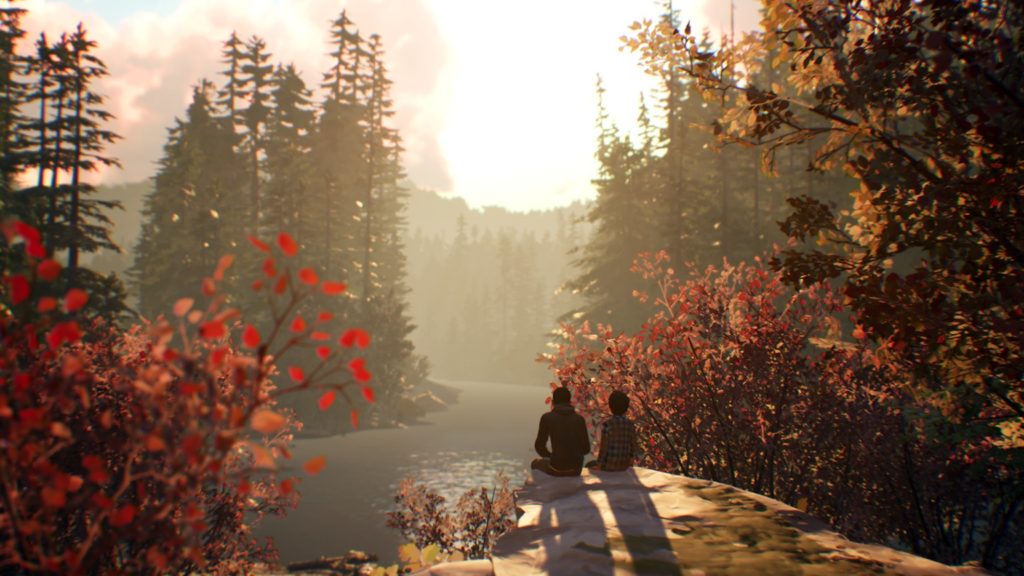
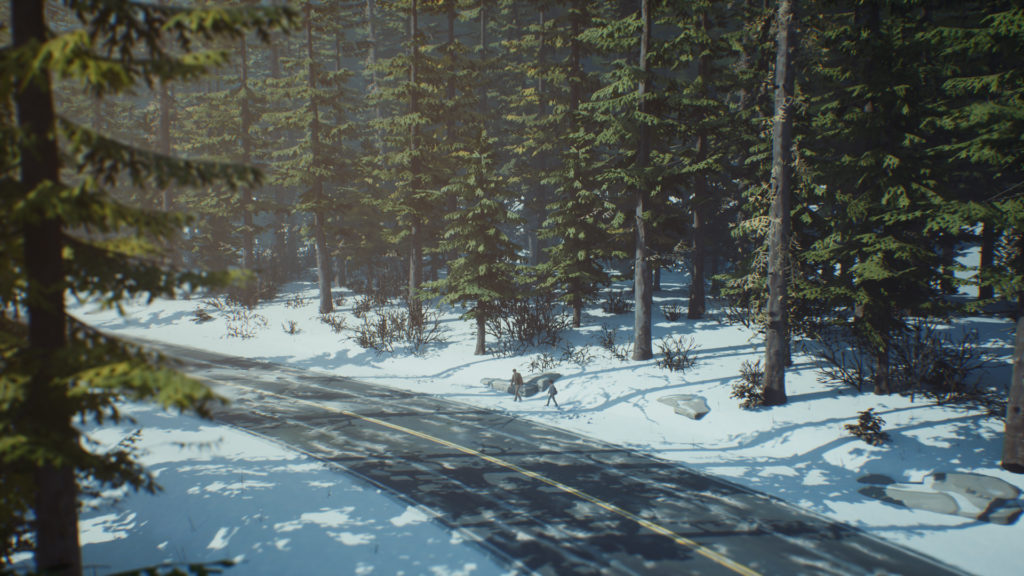
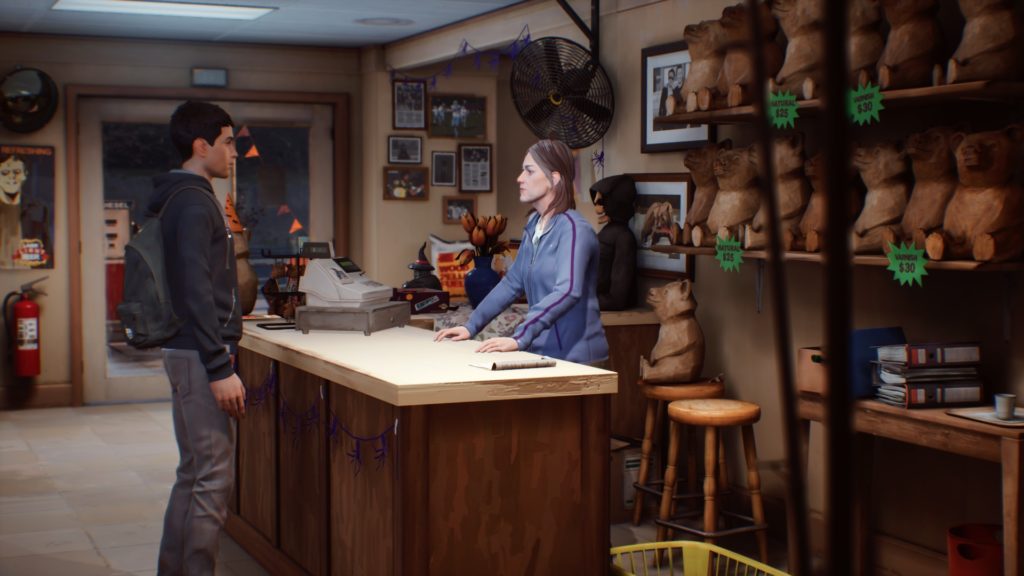
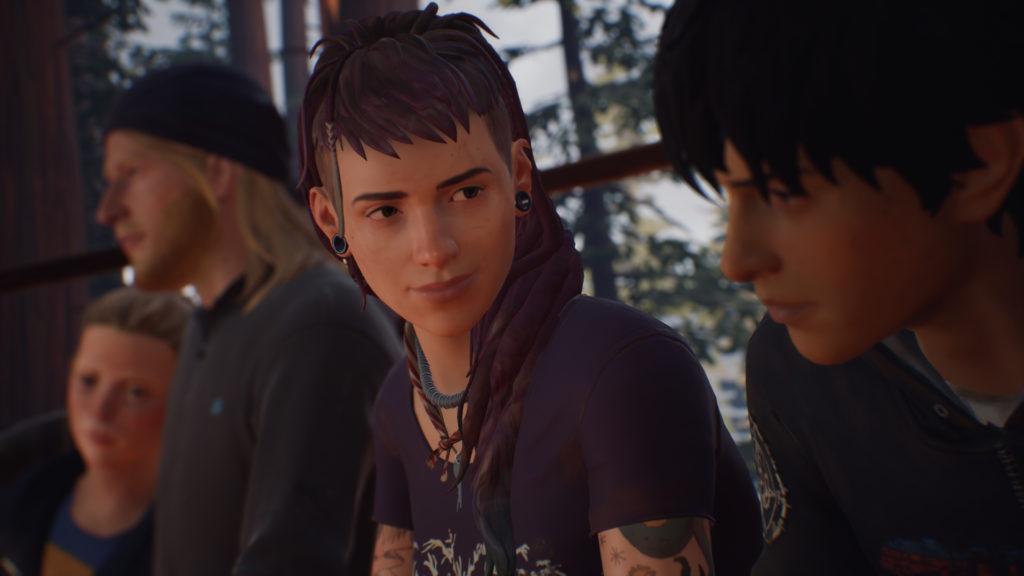
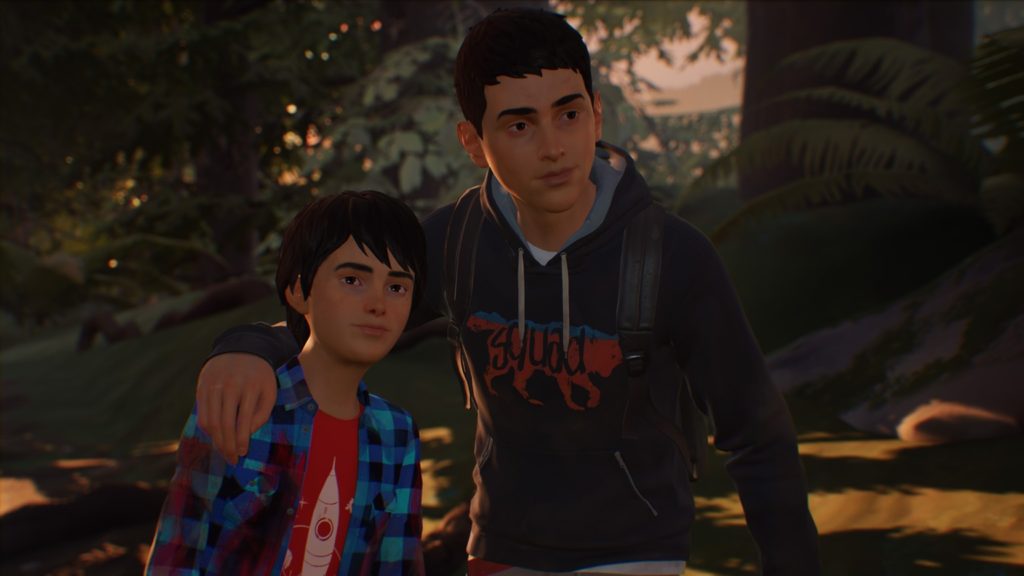
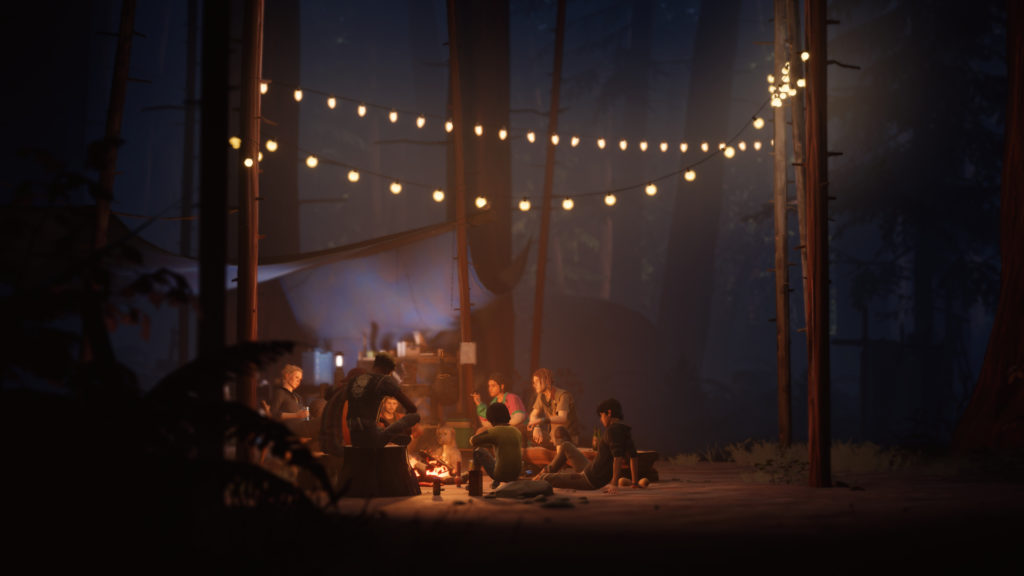
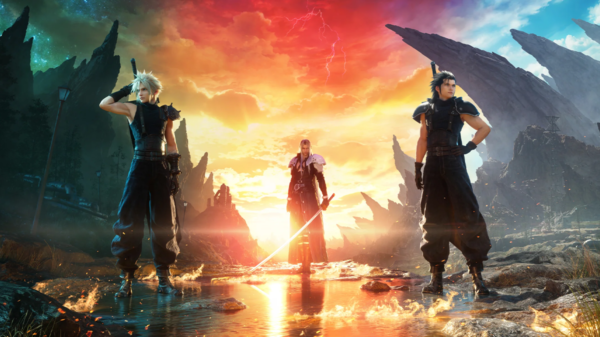
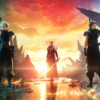
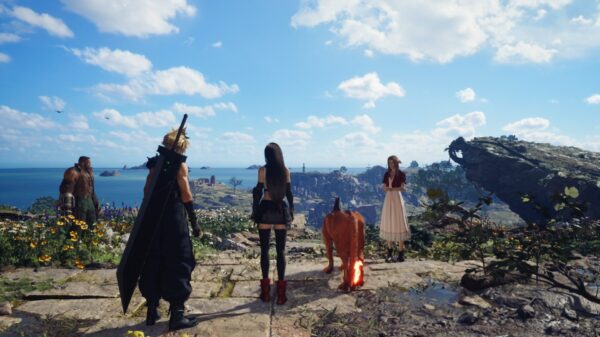
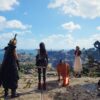
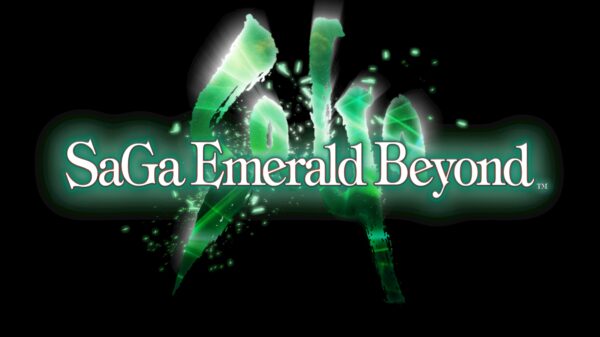

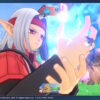

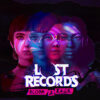
Louis
October 14, 2019 at 6:55 am
Great article. Looking forward to seeing how Episode 5 concludes the story.. even if I fear for what they might do to the character I love haha.
Oh, and BTW, it’s Sean, not Shawn!
William Saw
October 14, 2019 at 11:30 am
Good catch, the article has been corrected thanks.